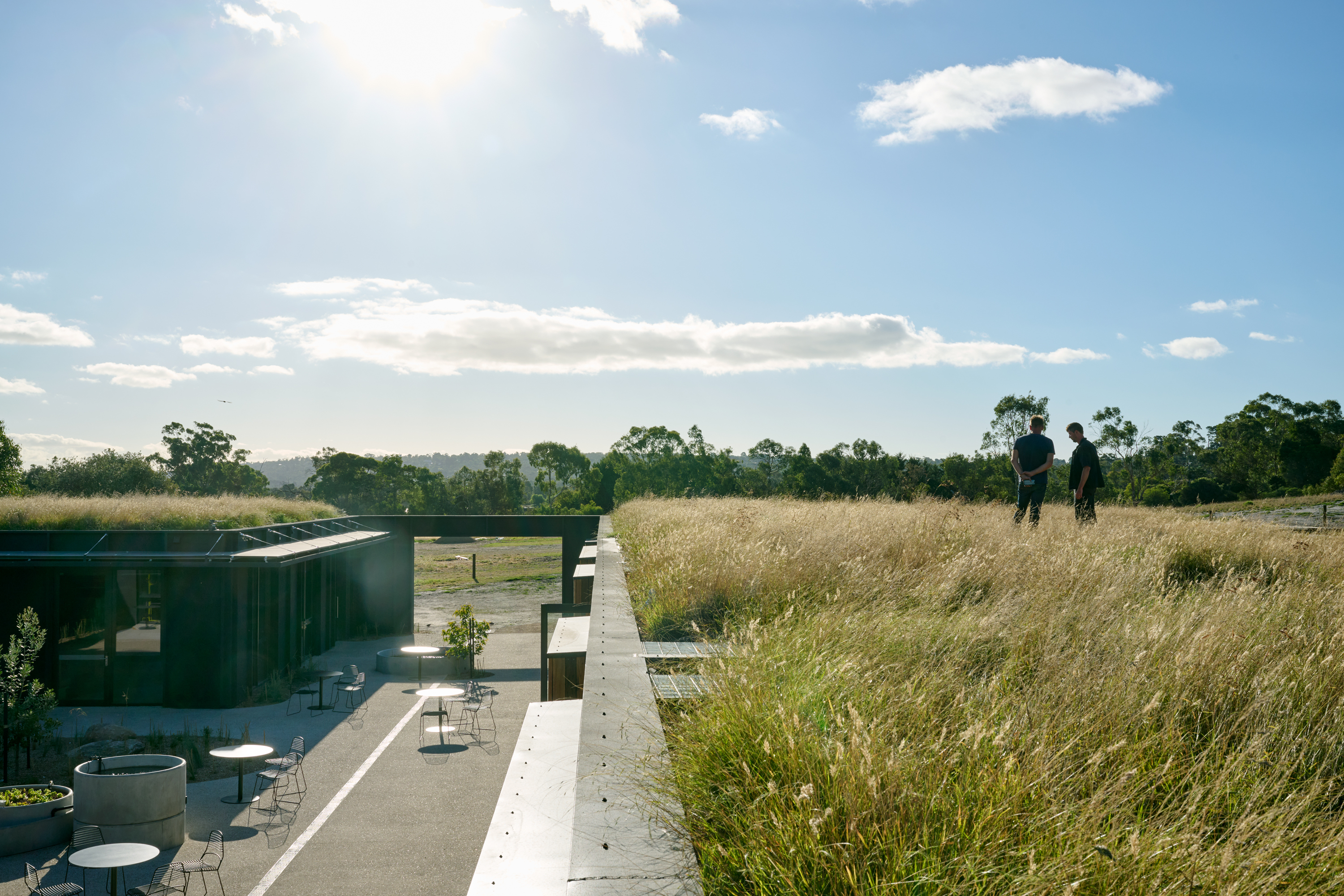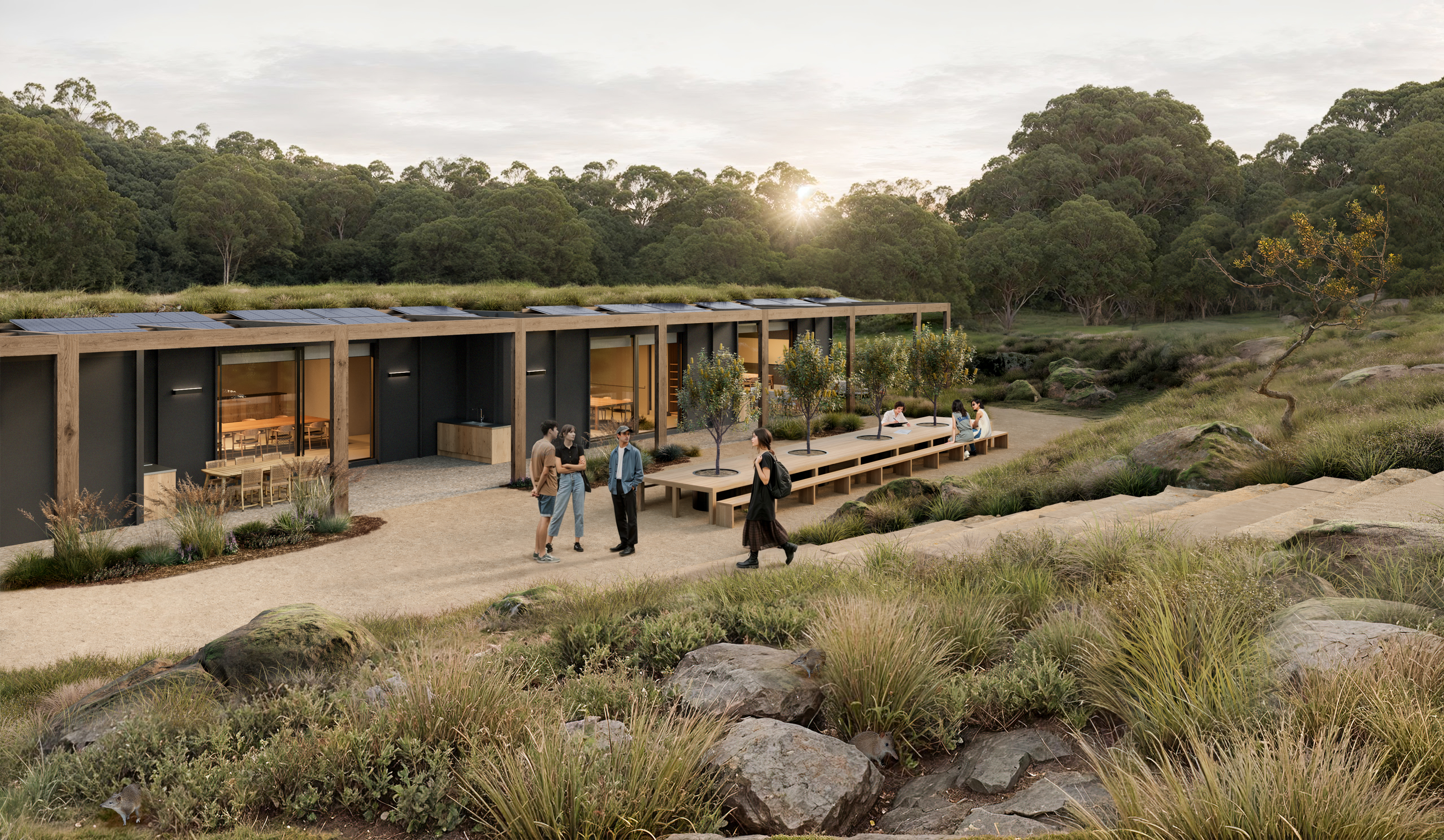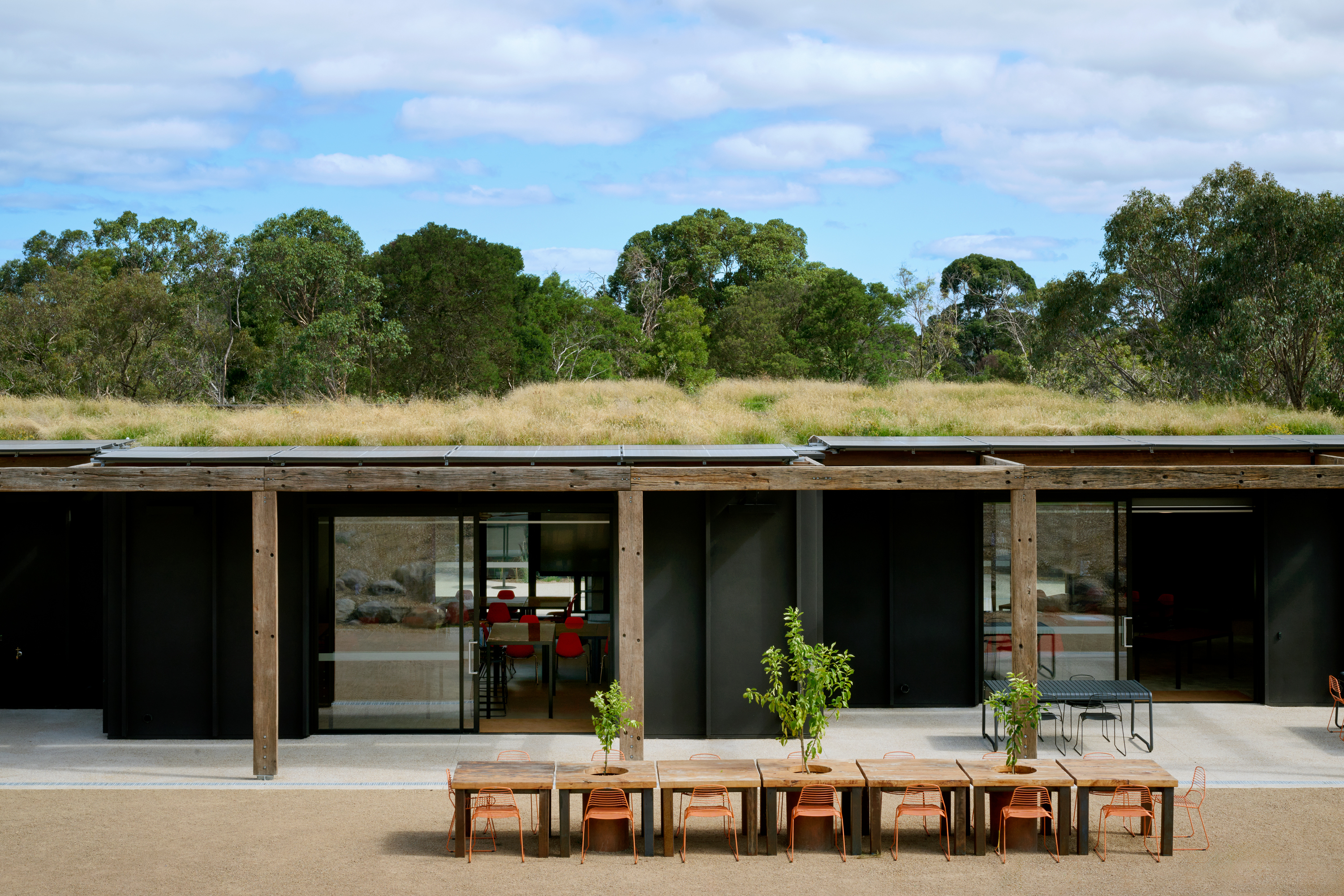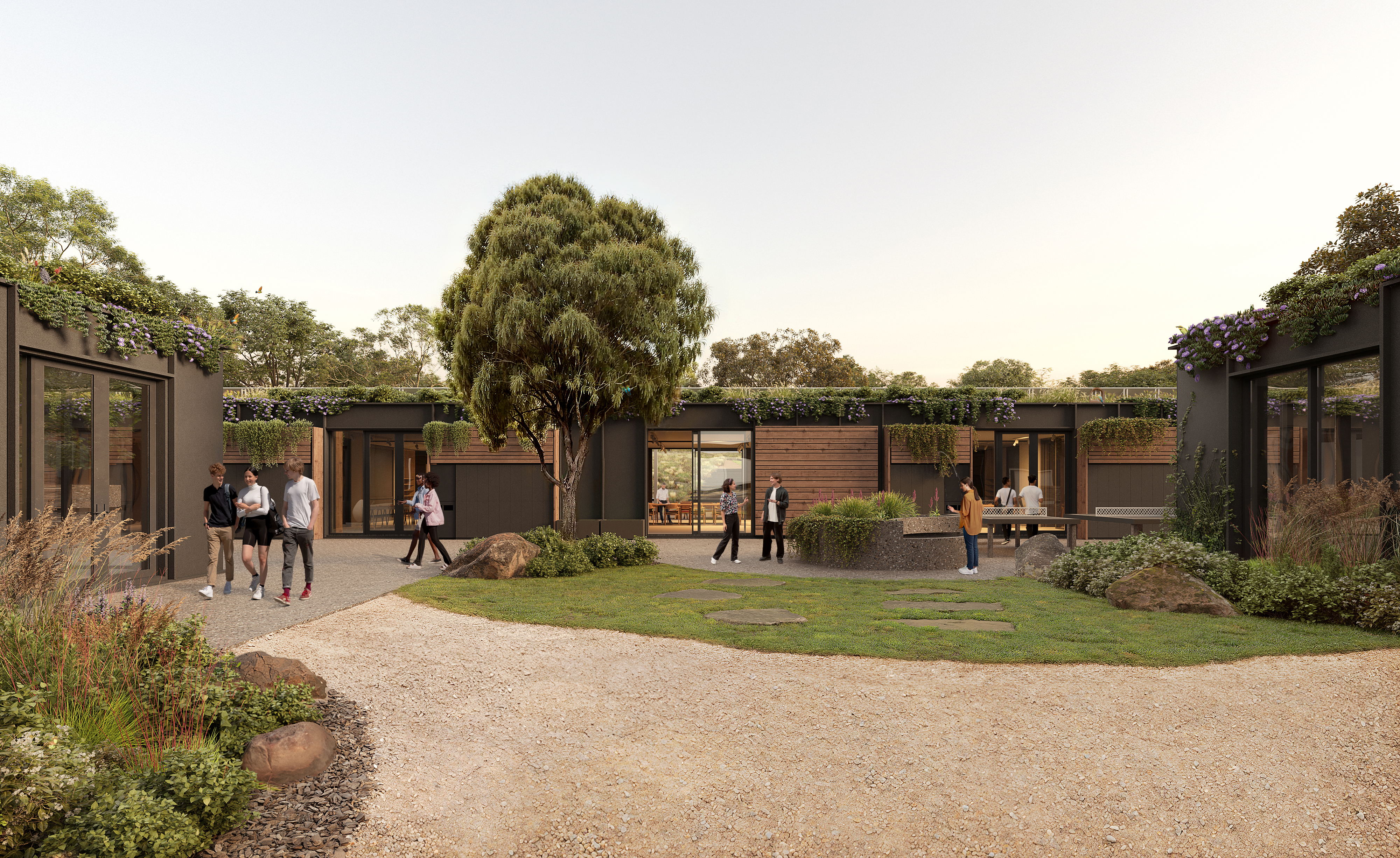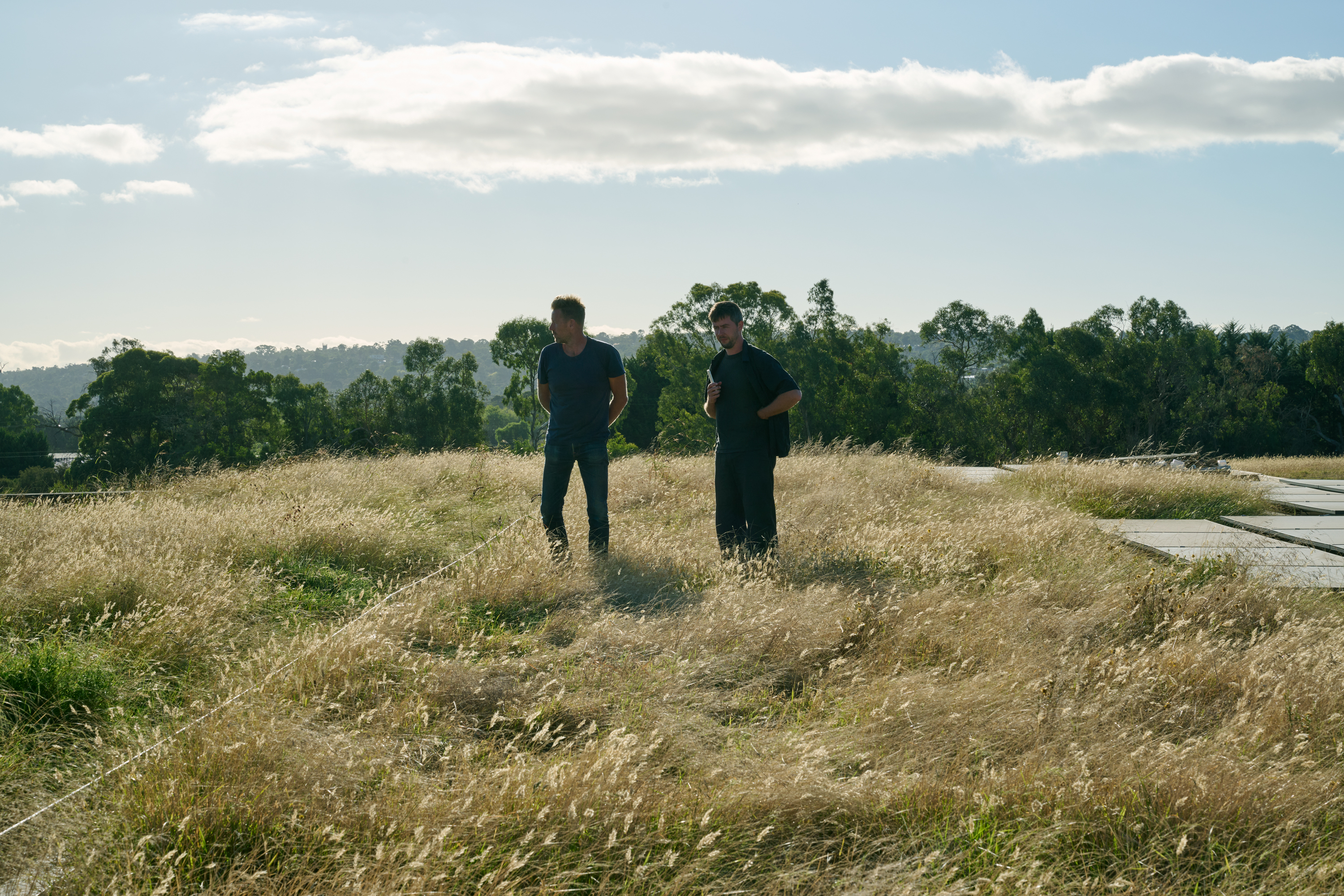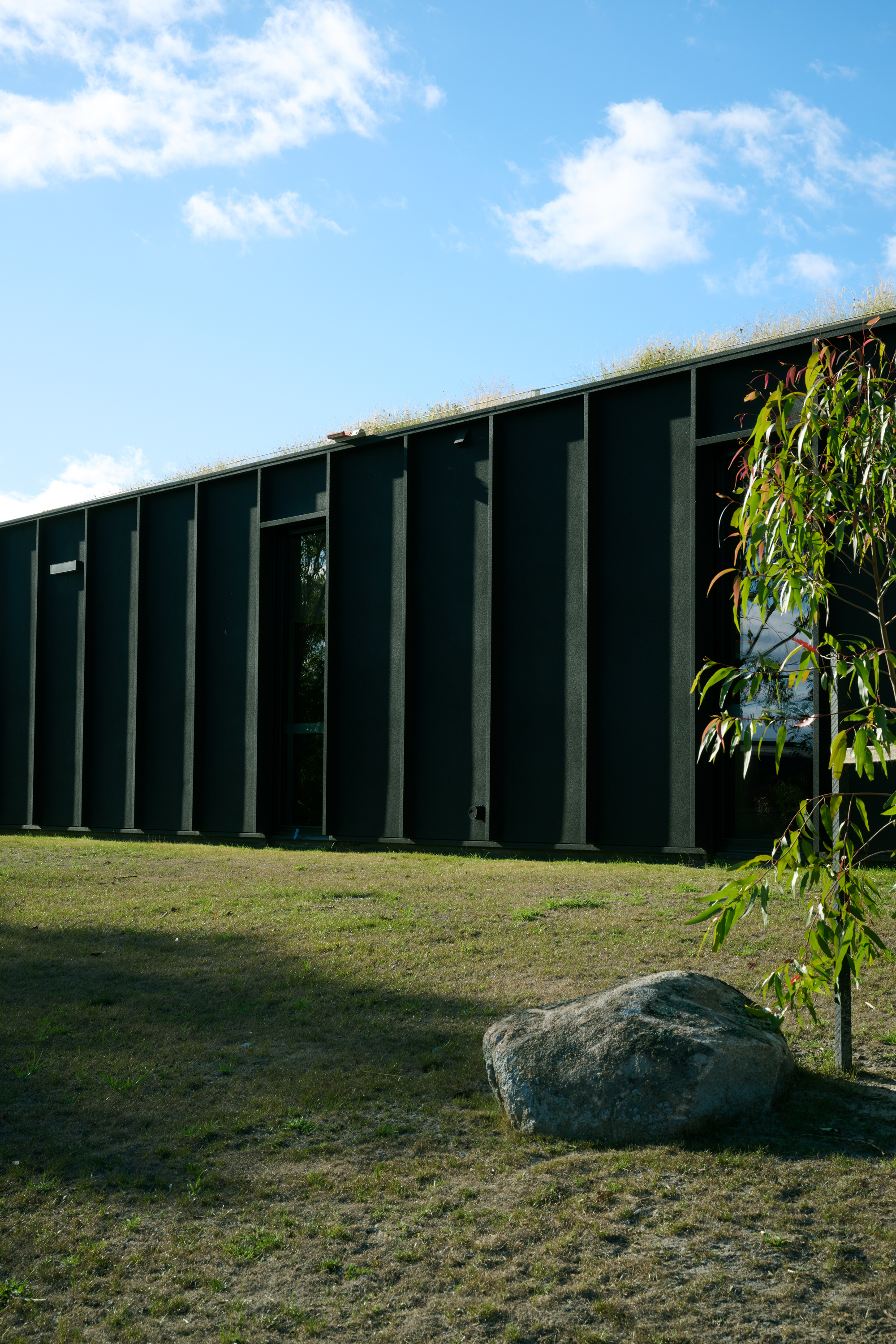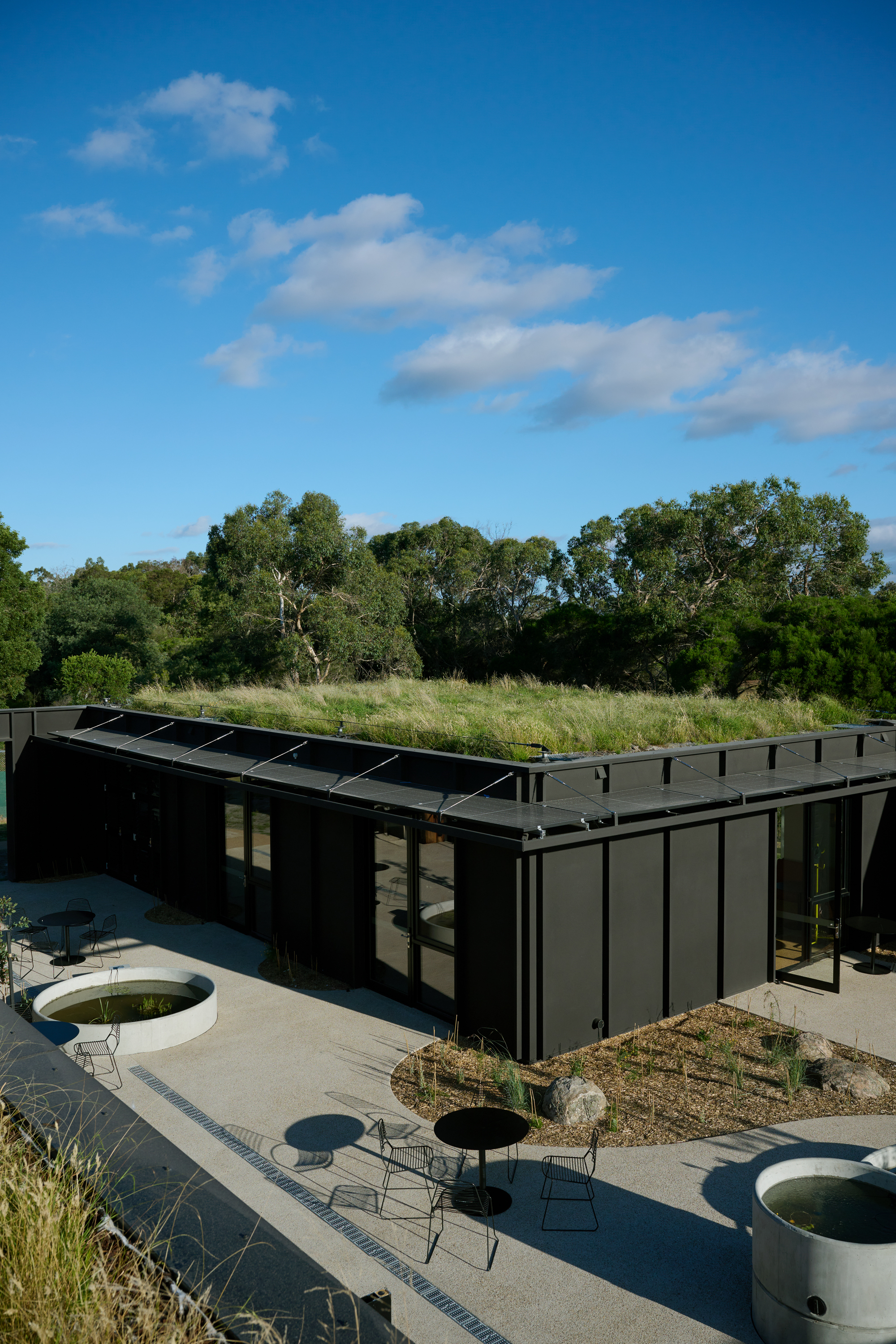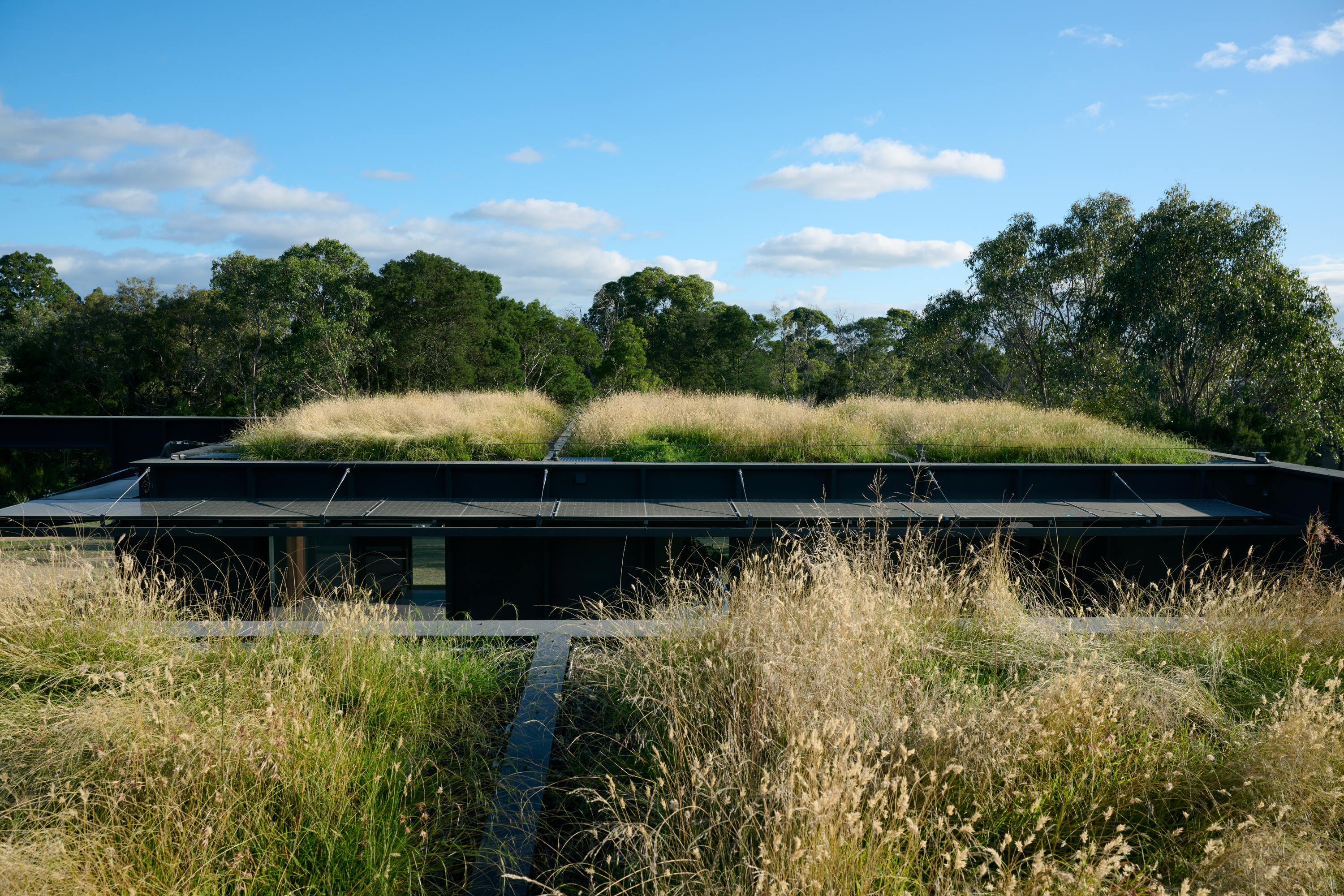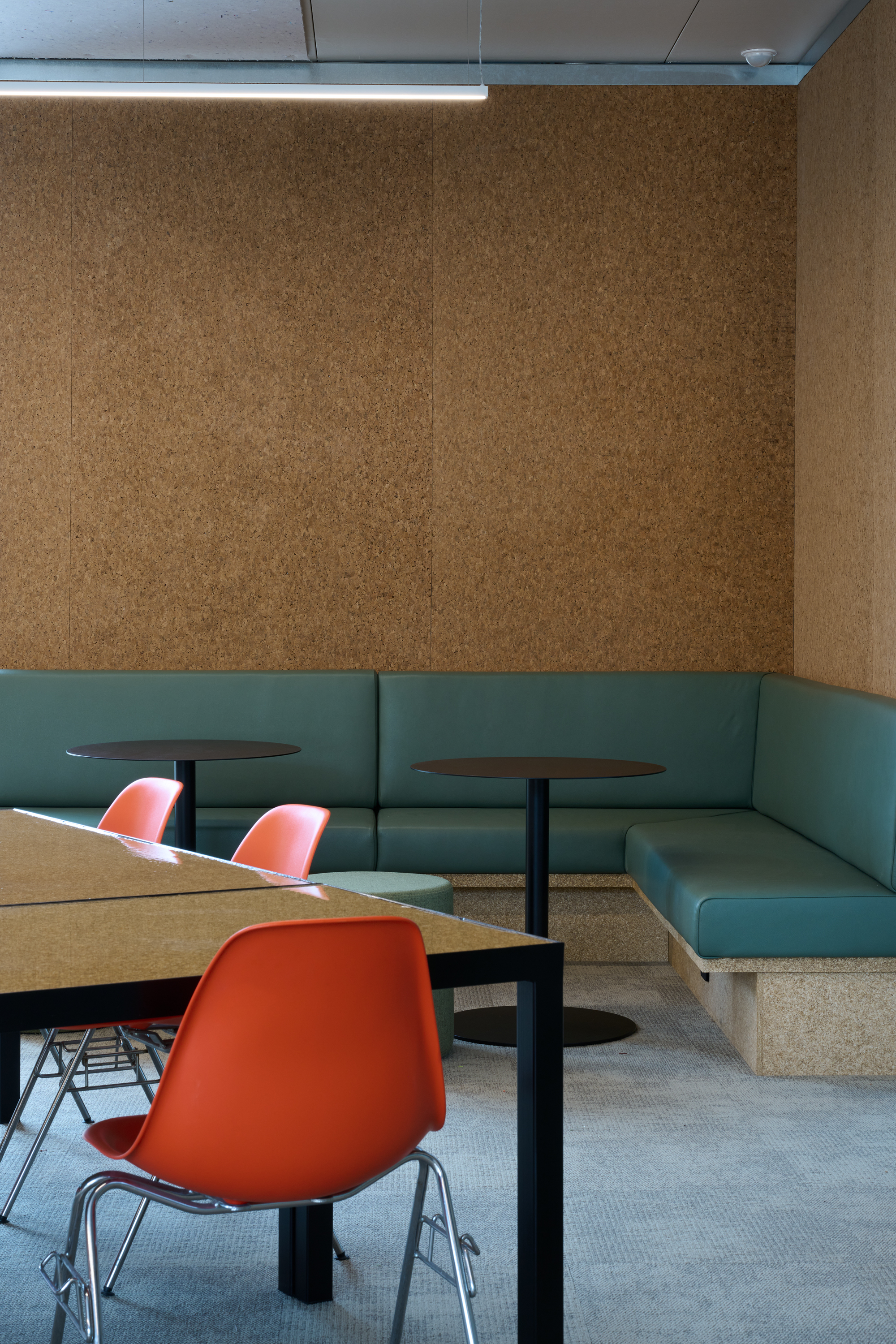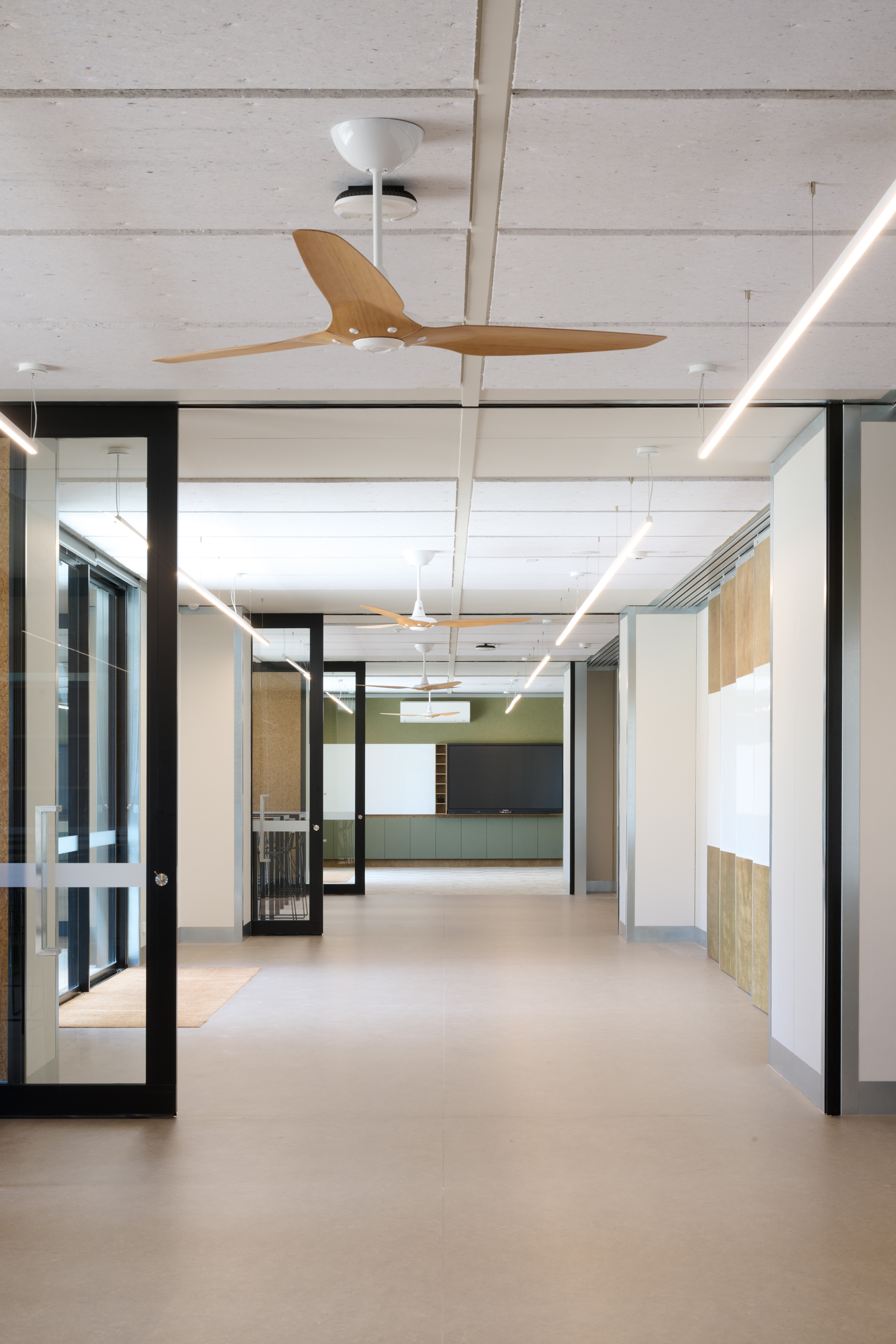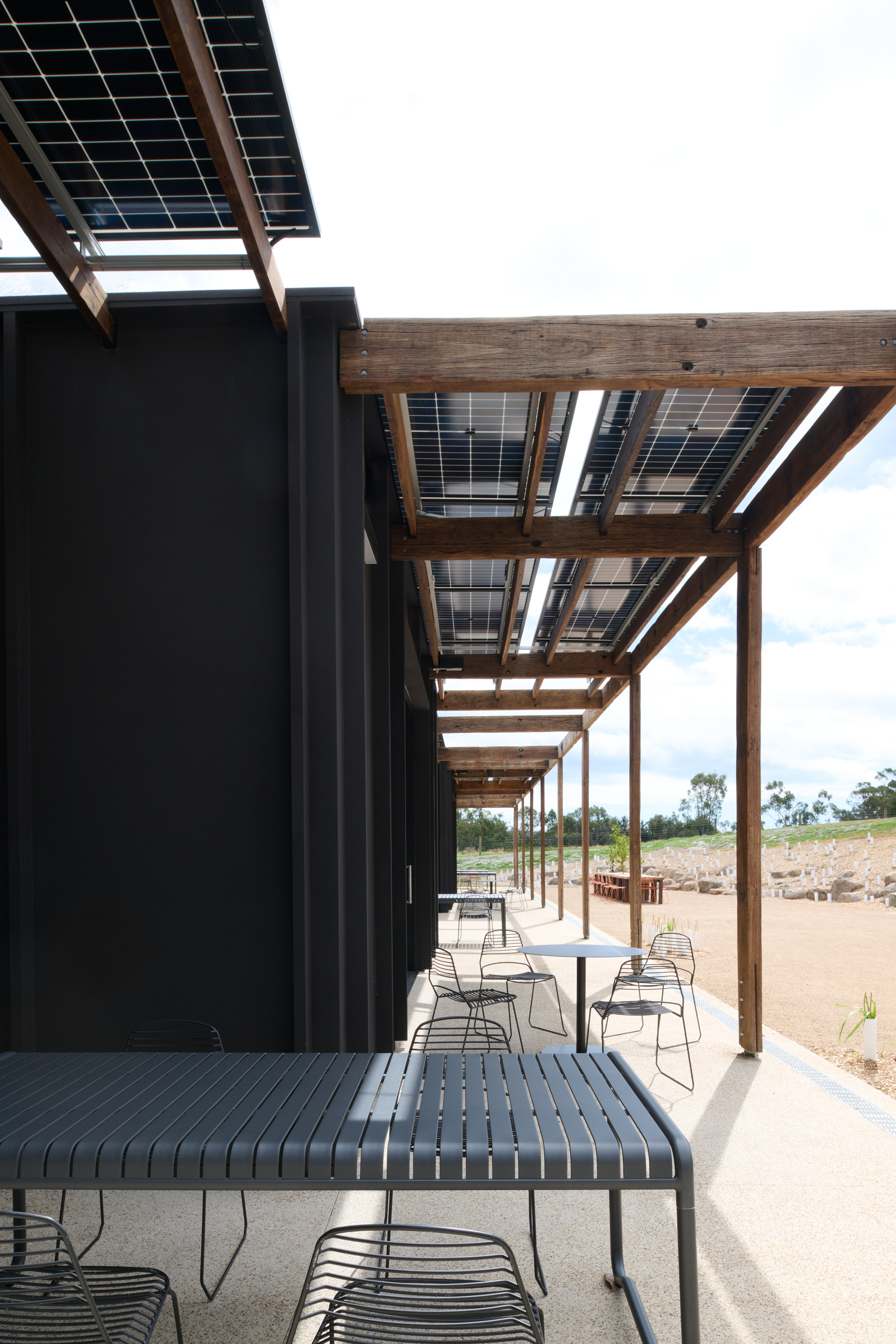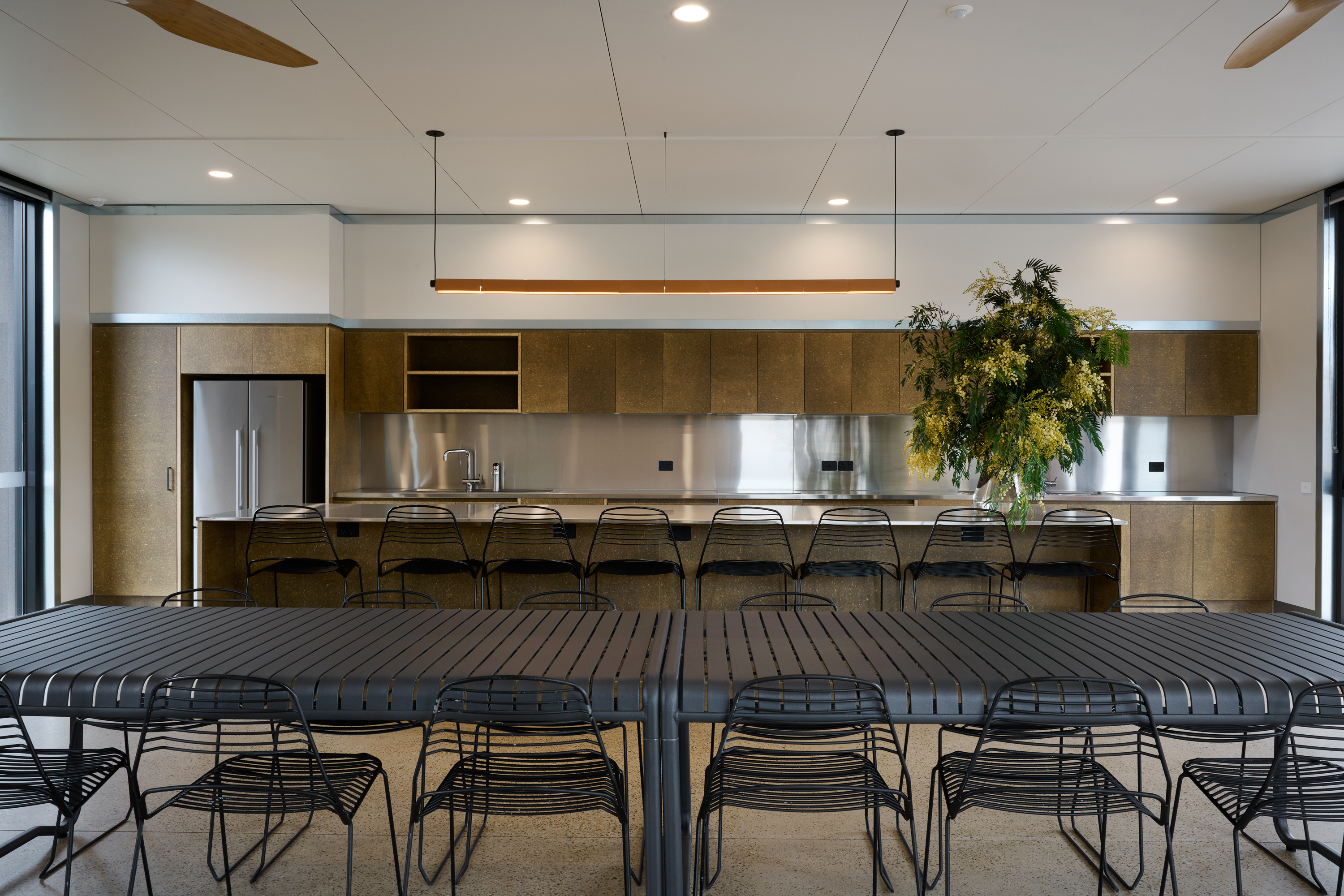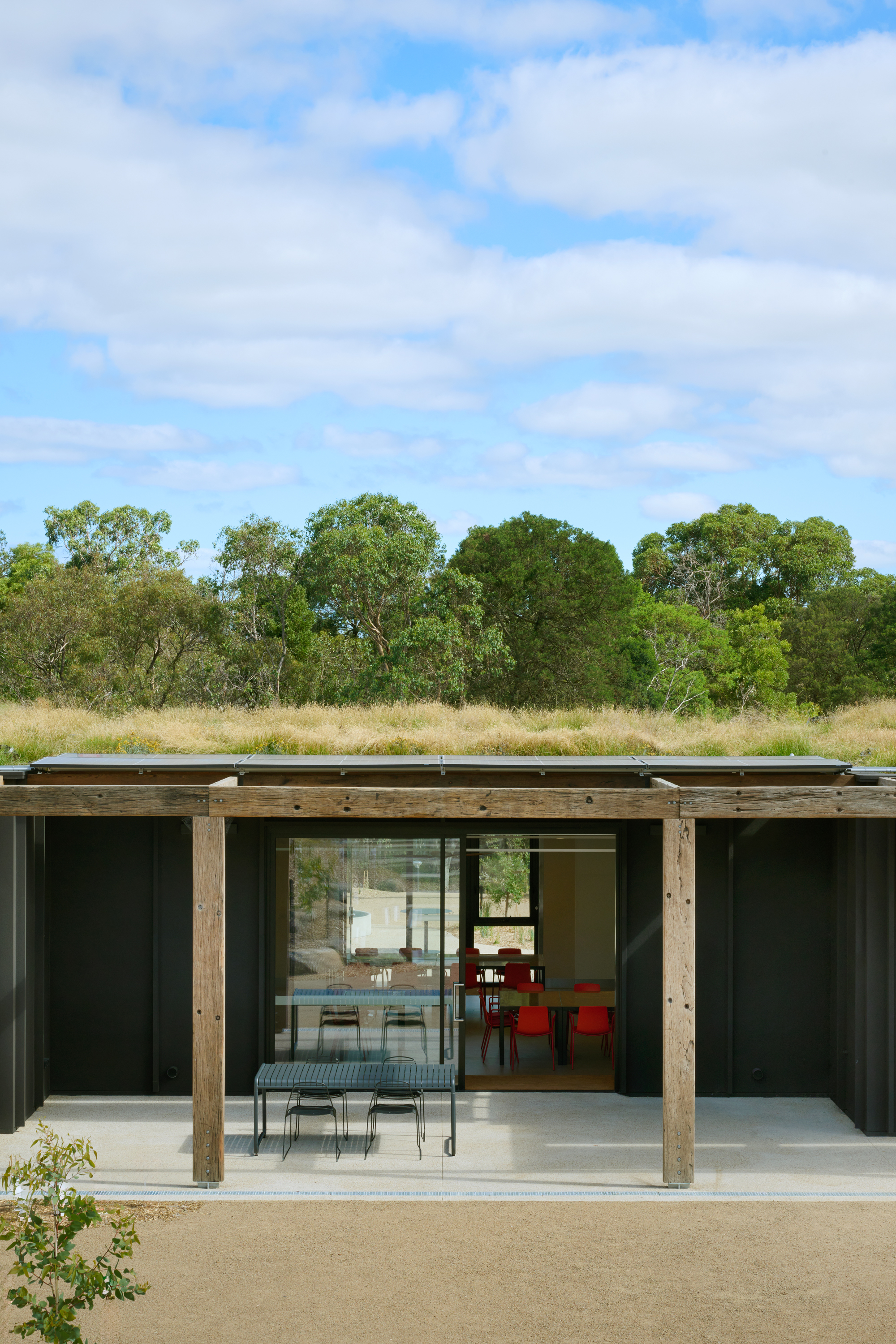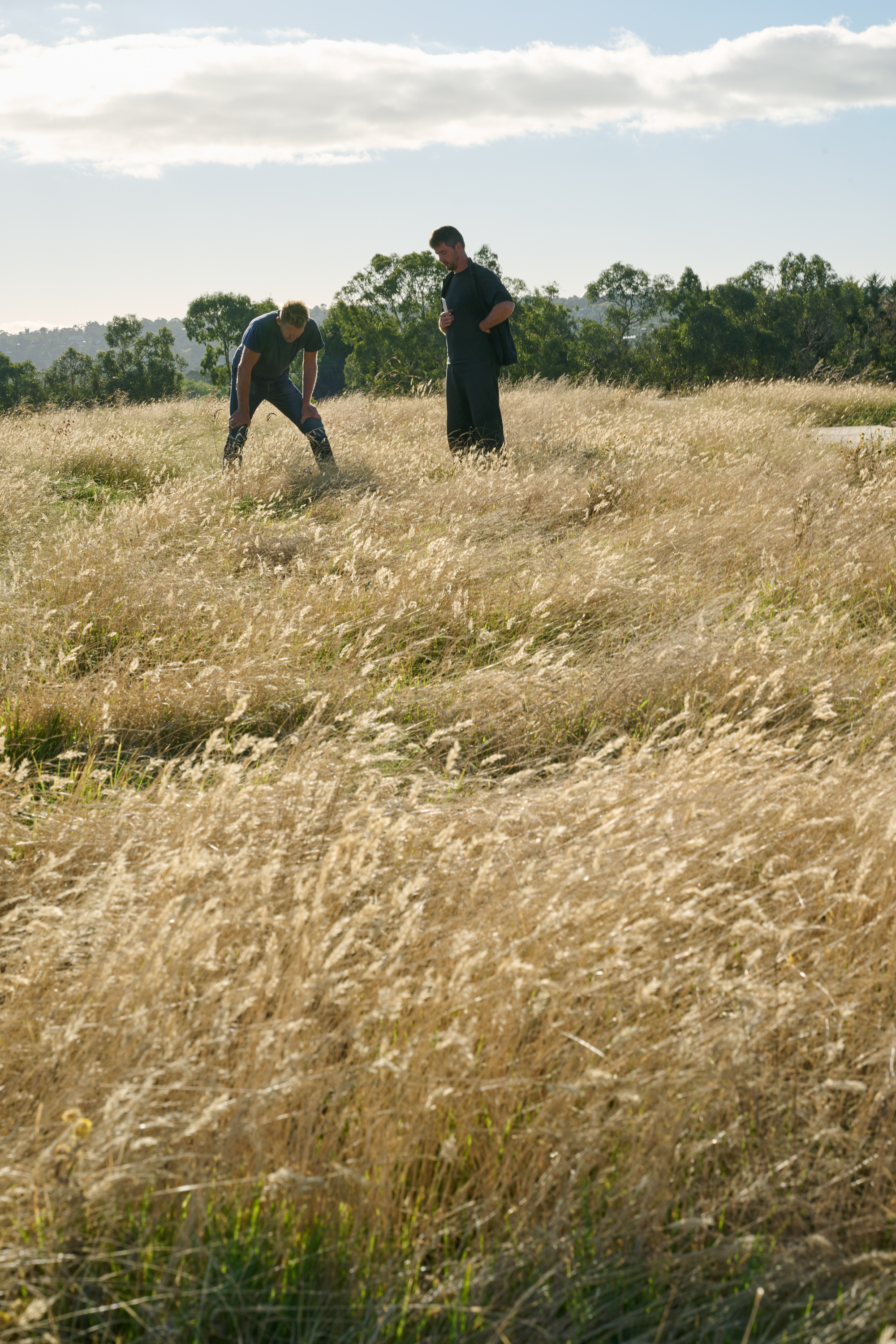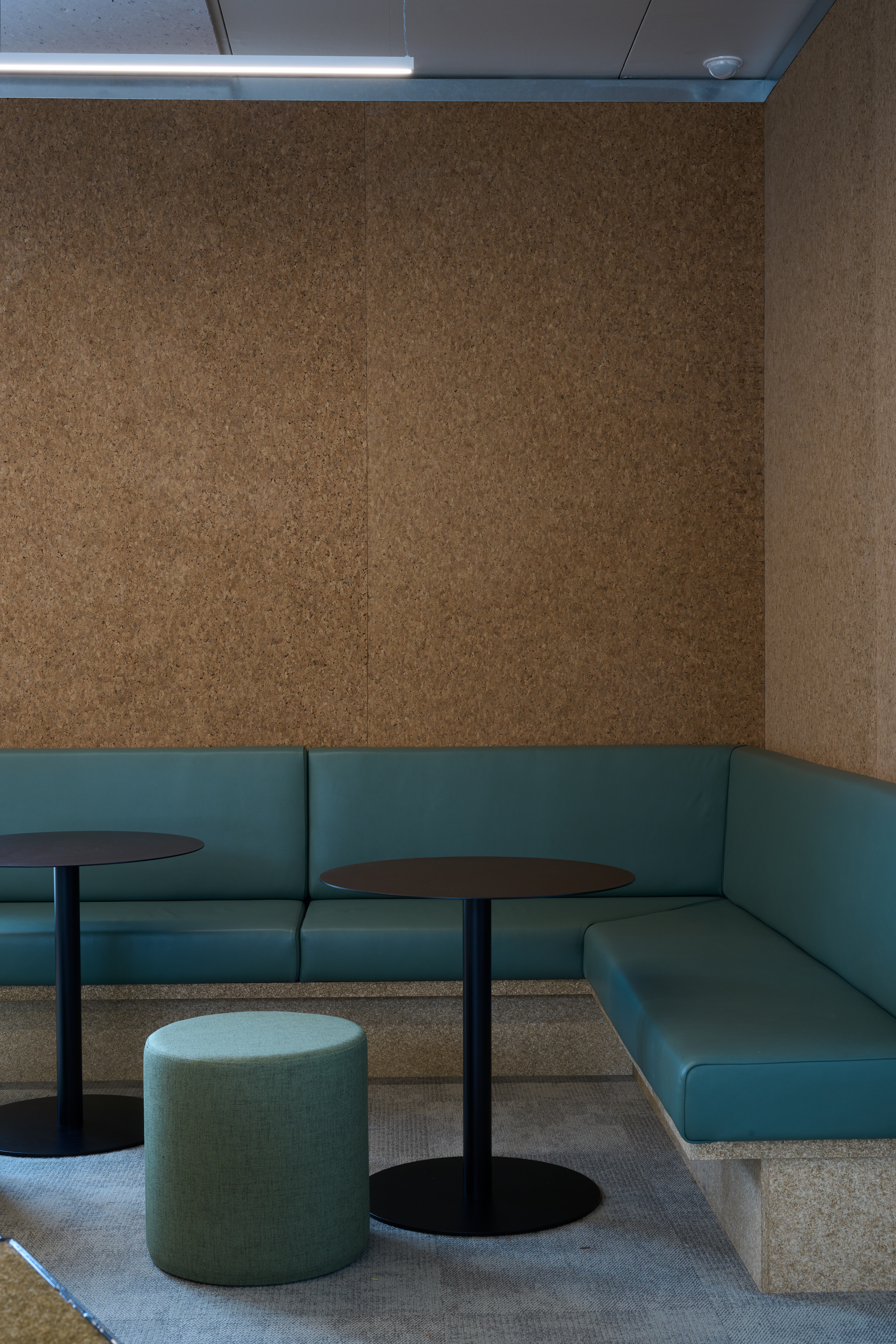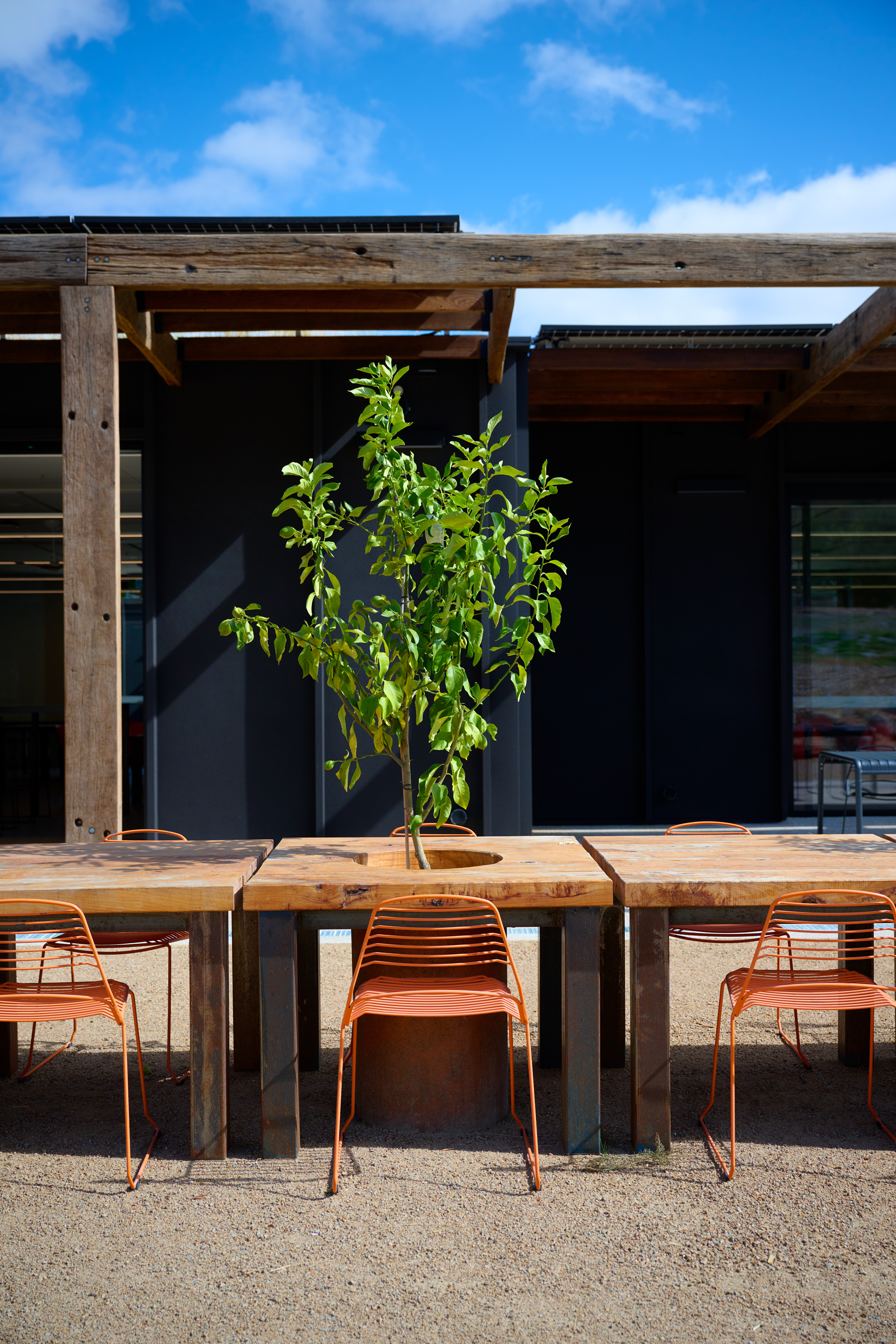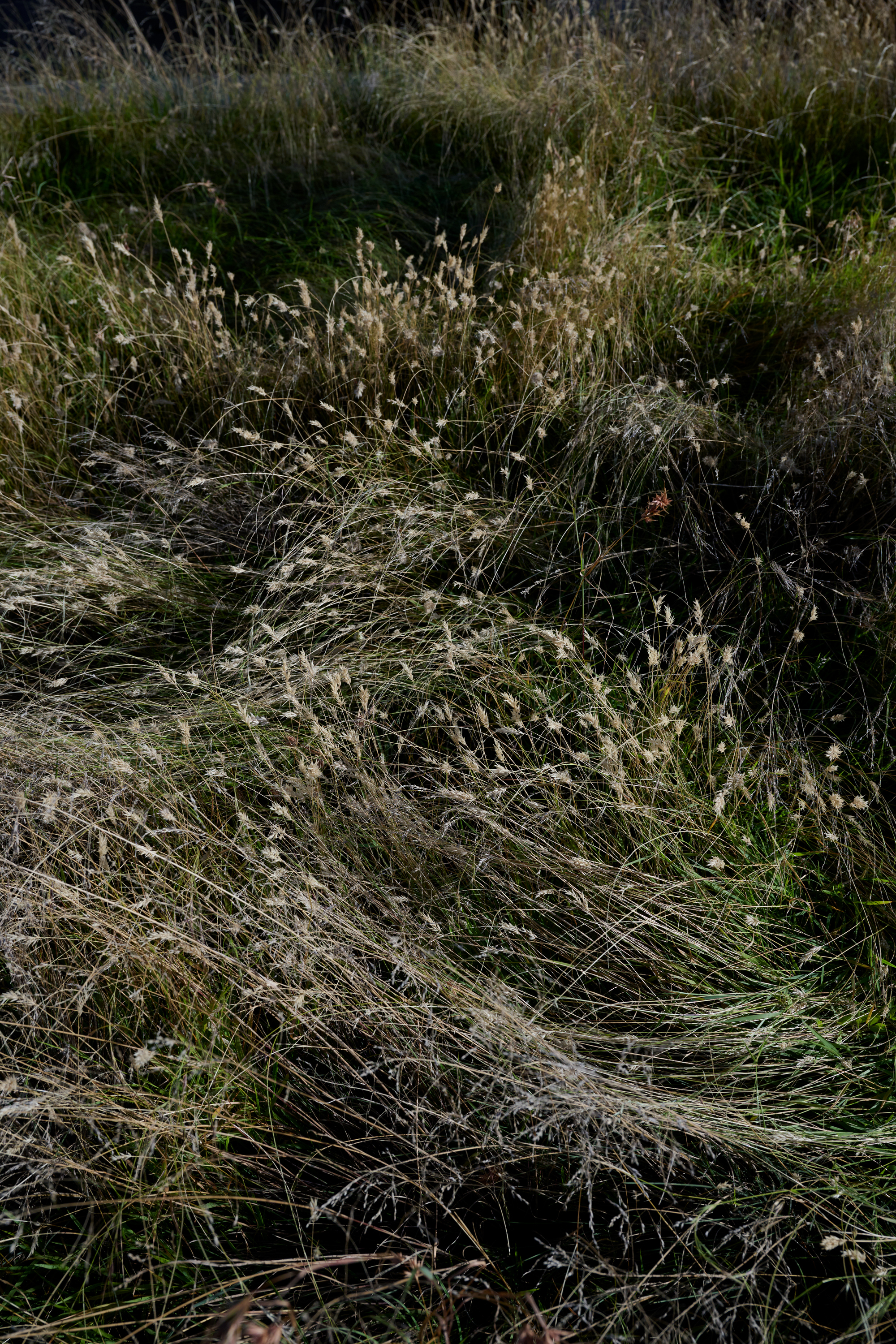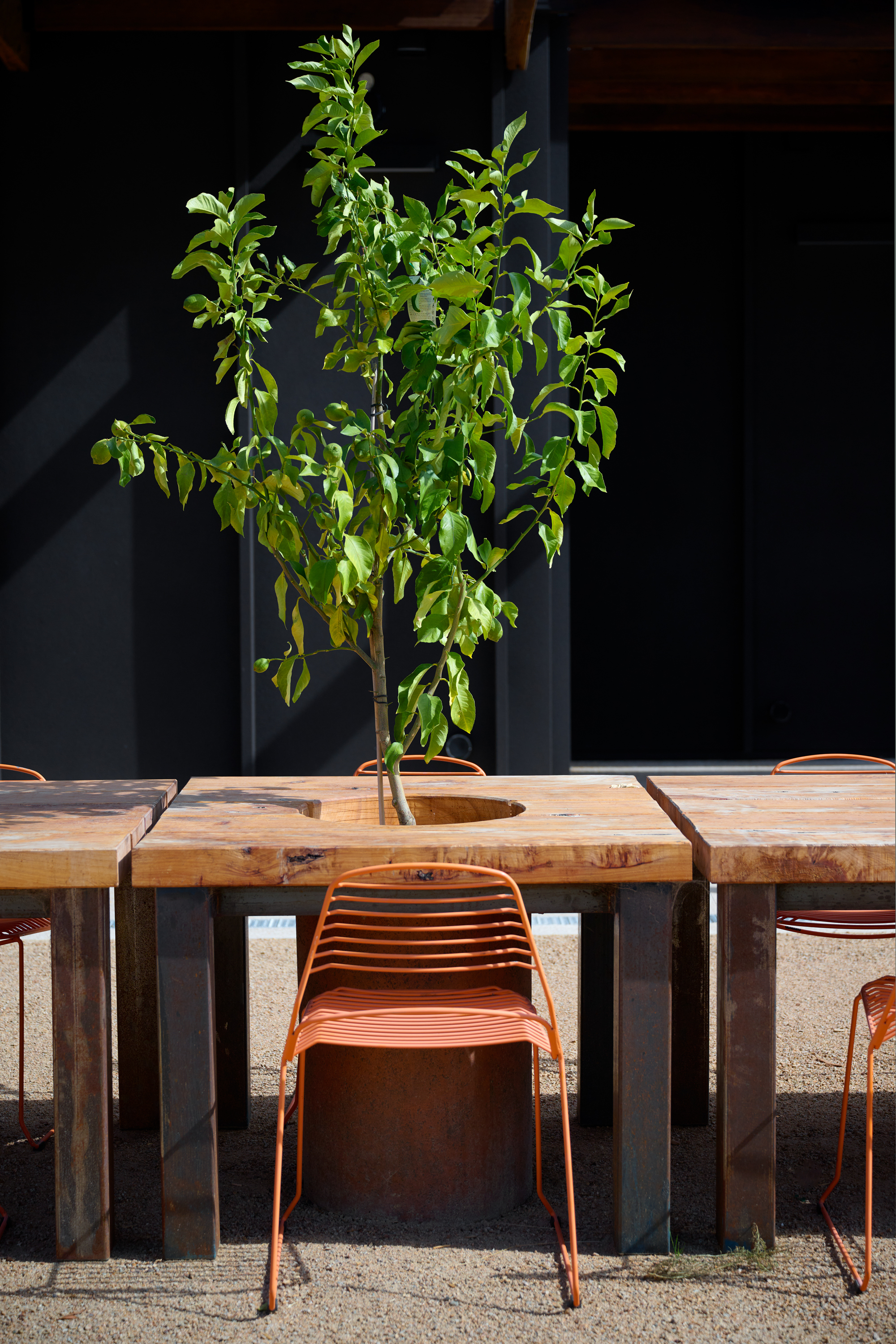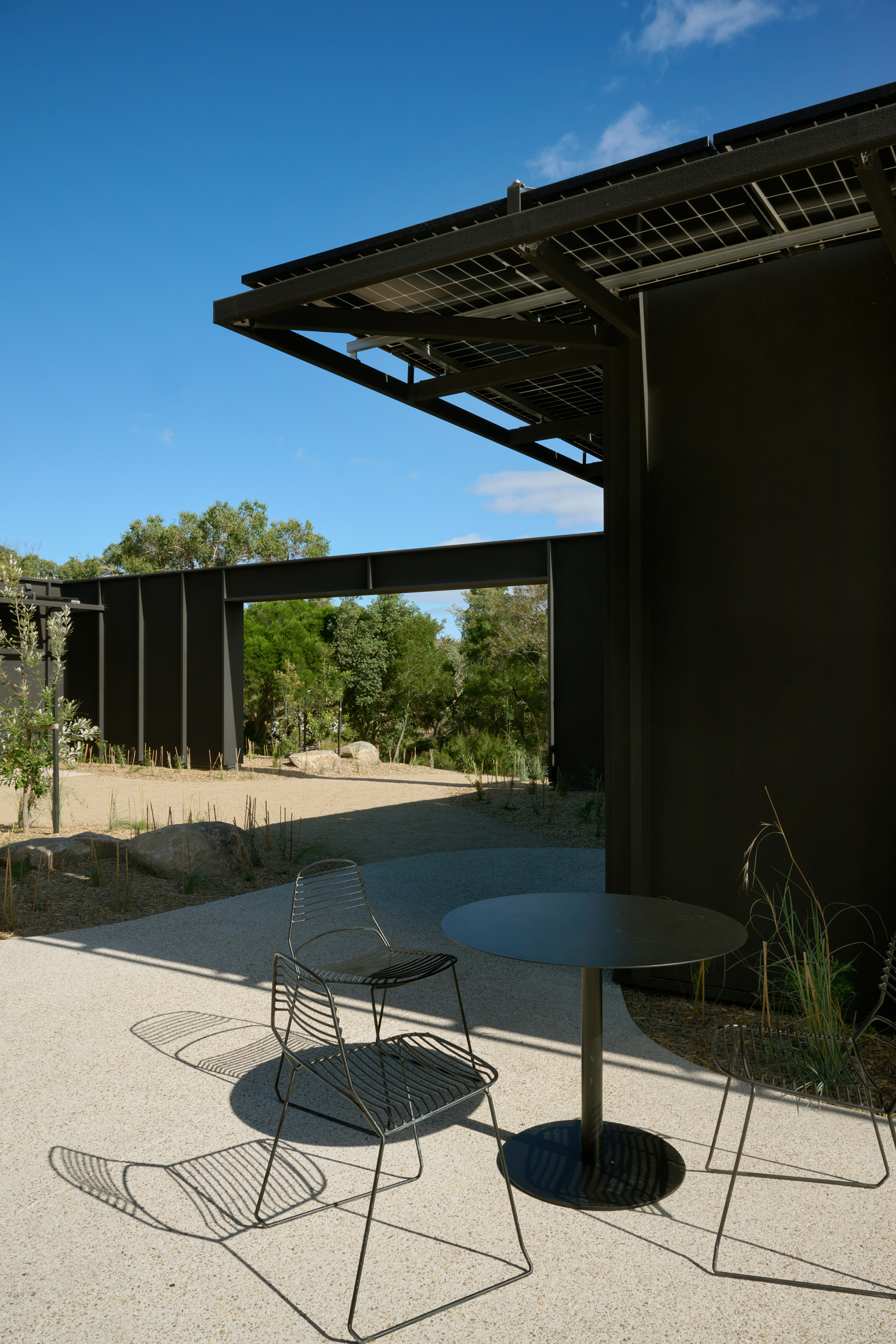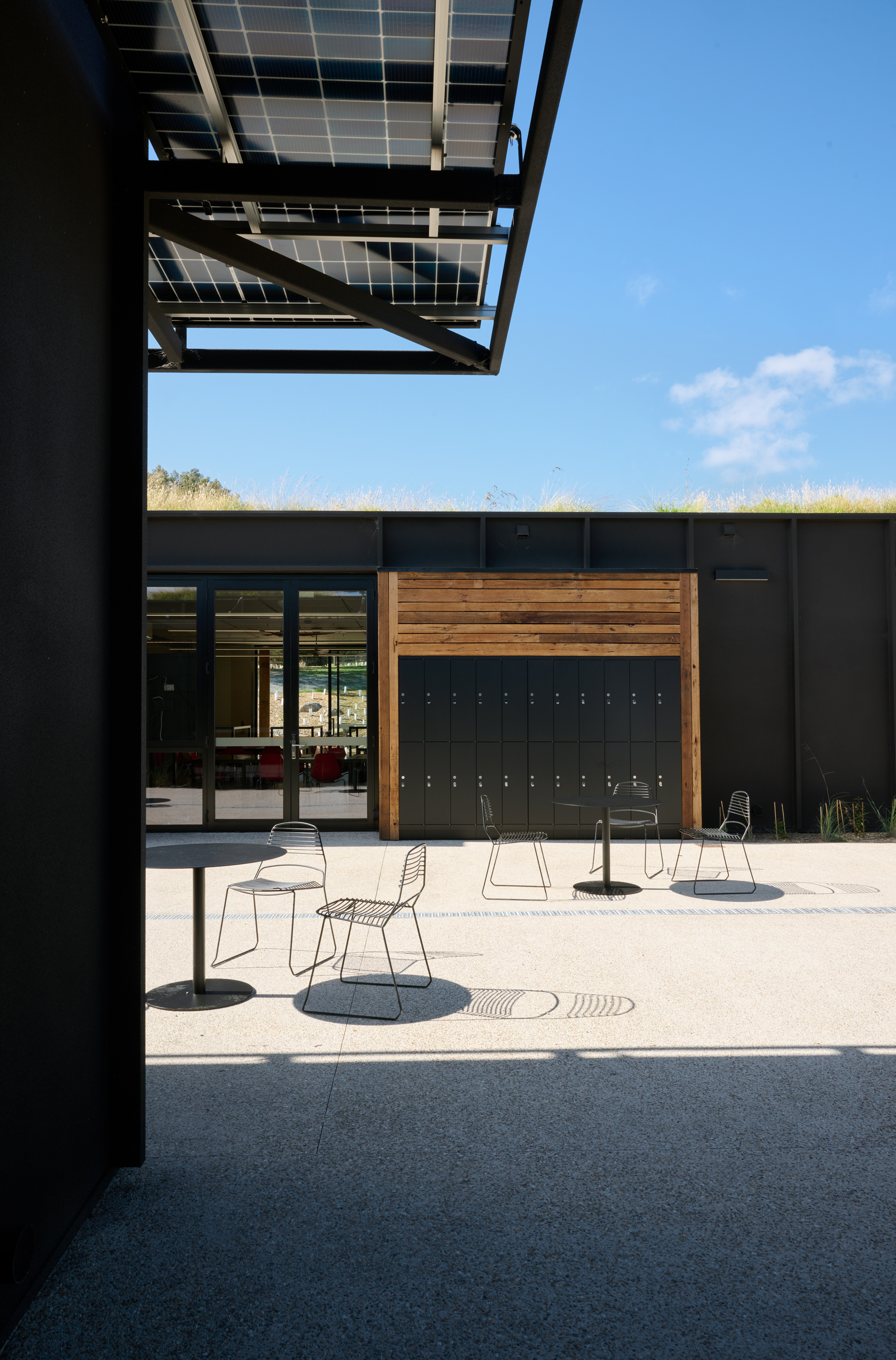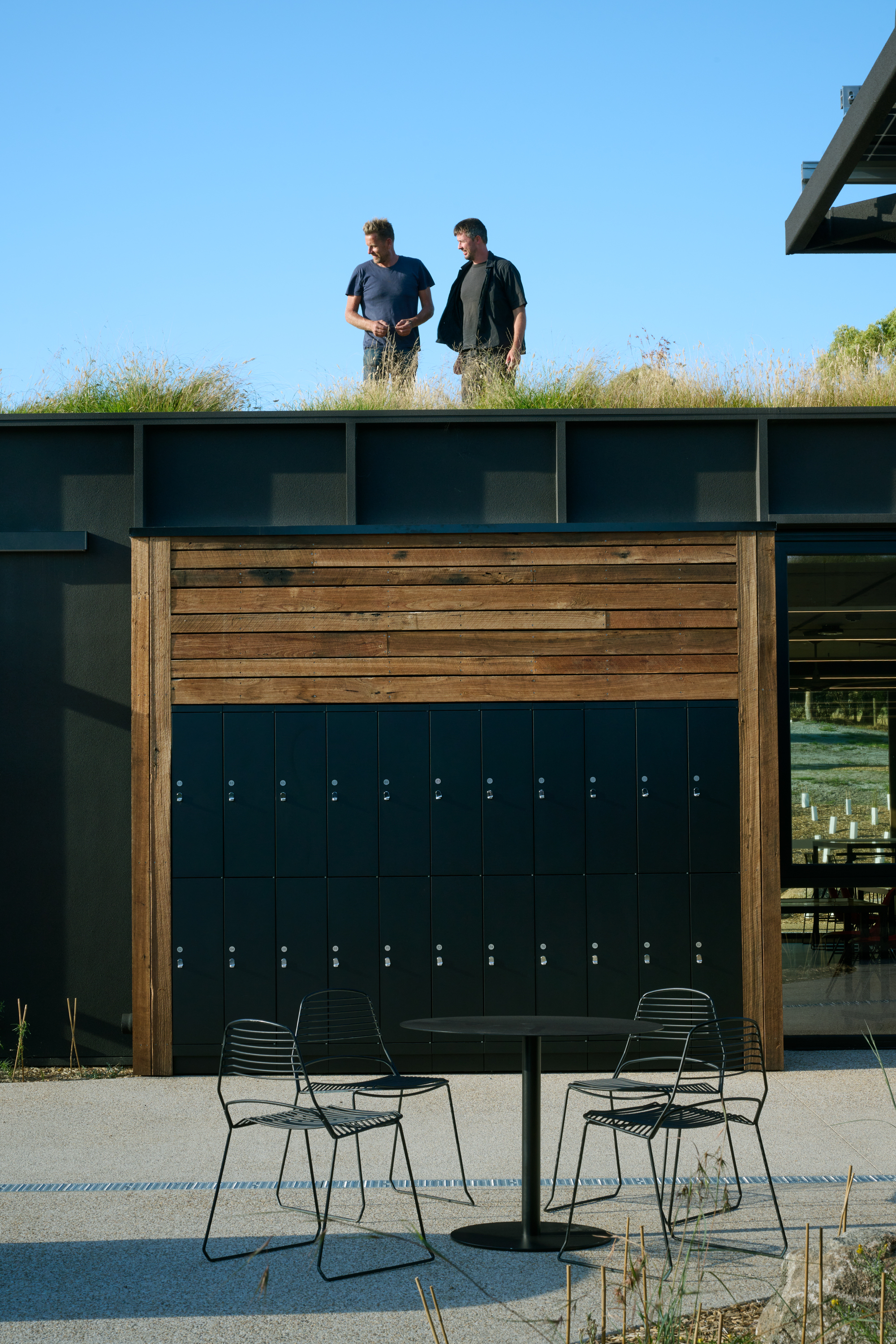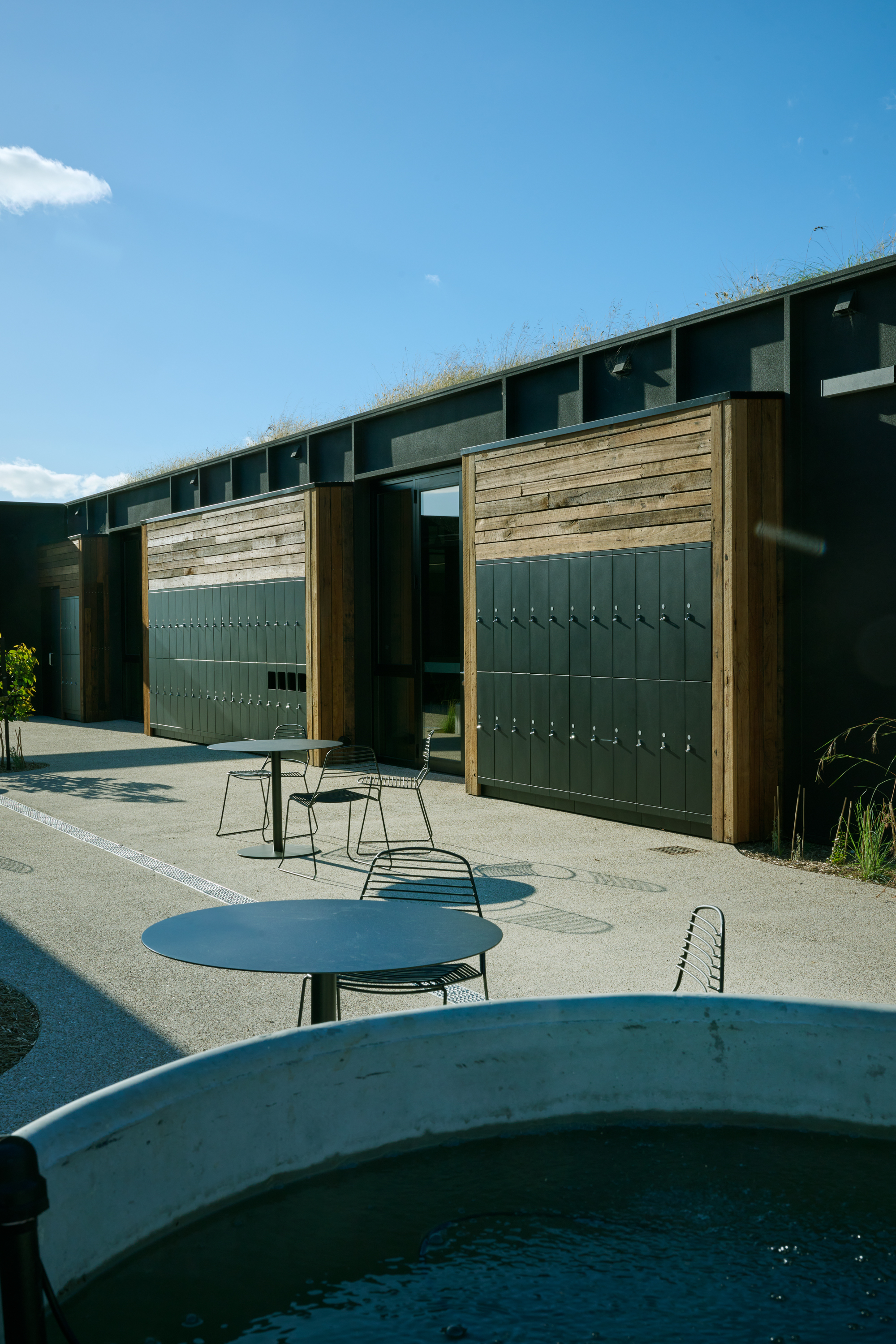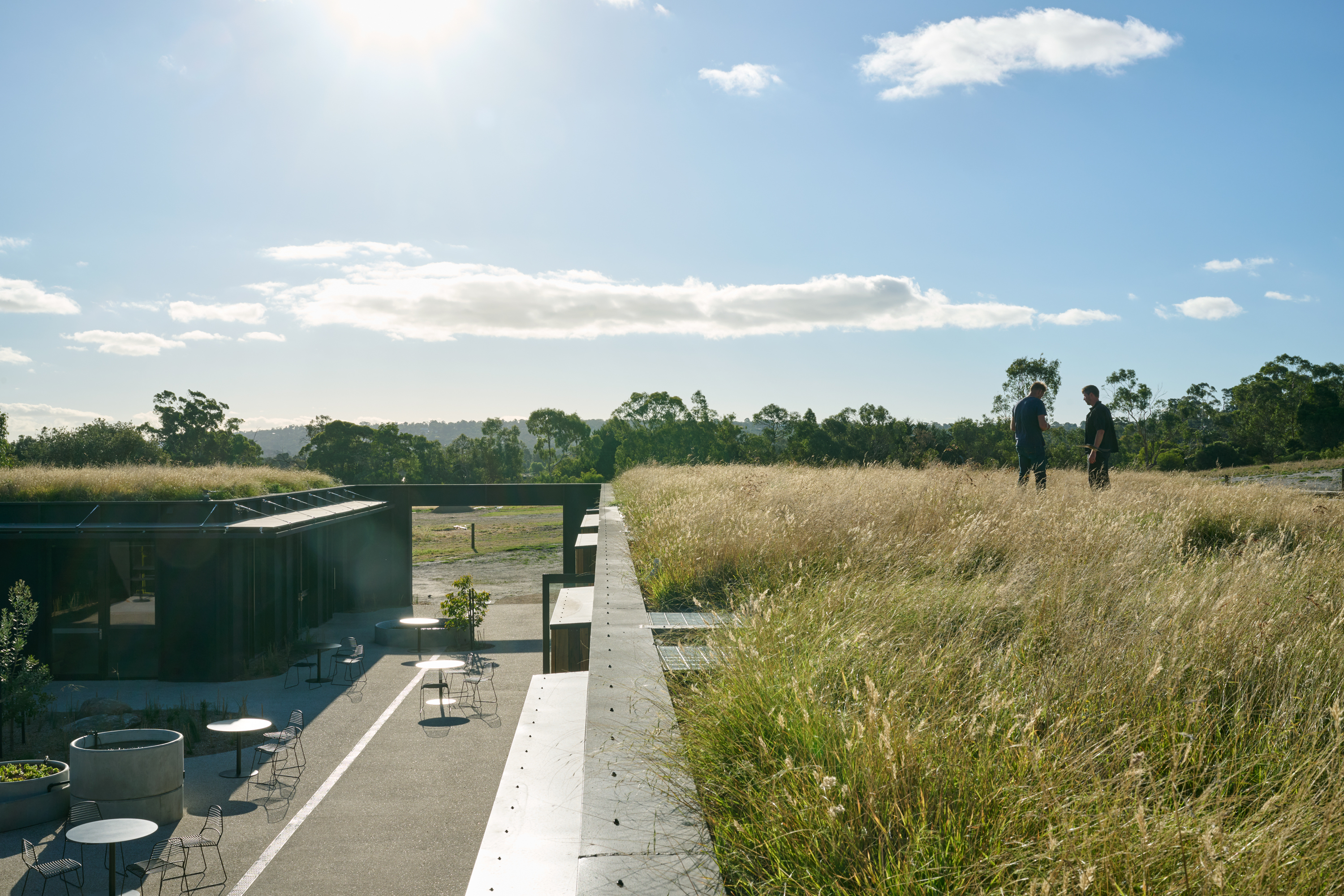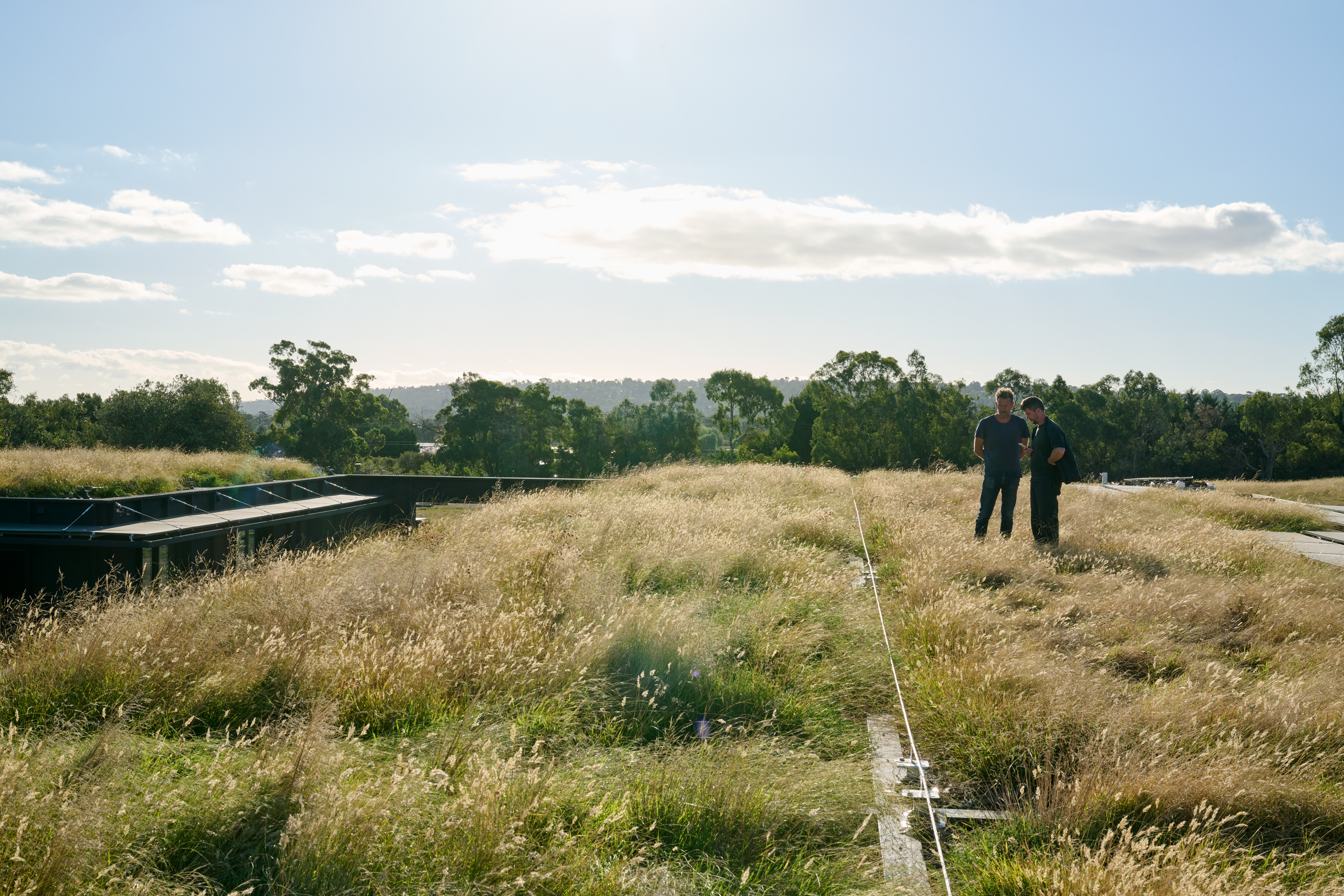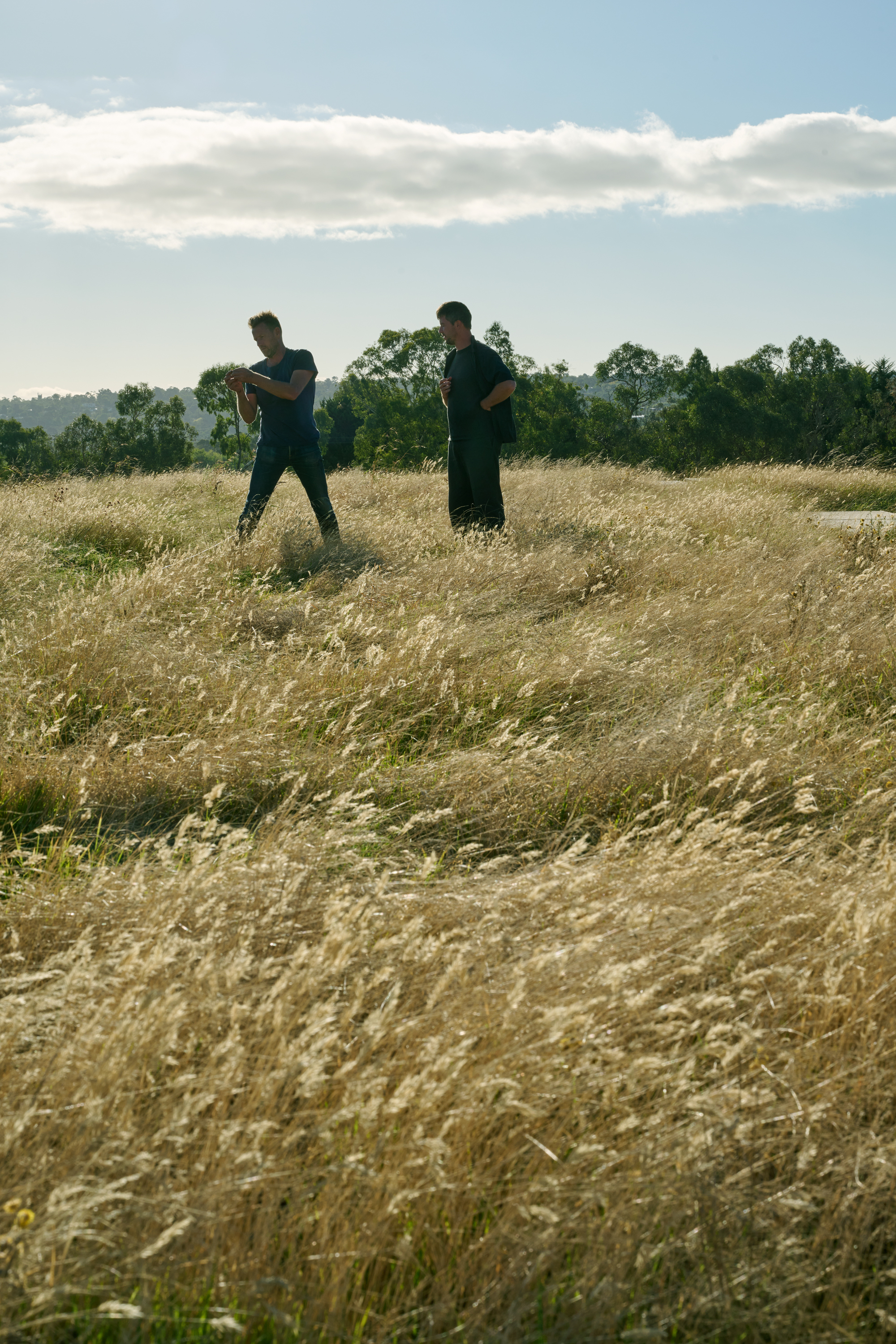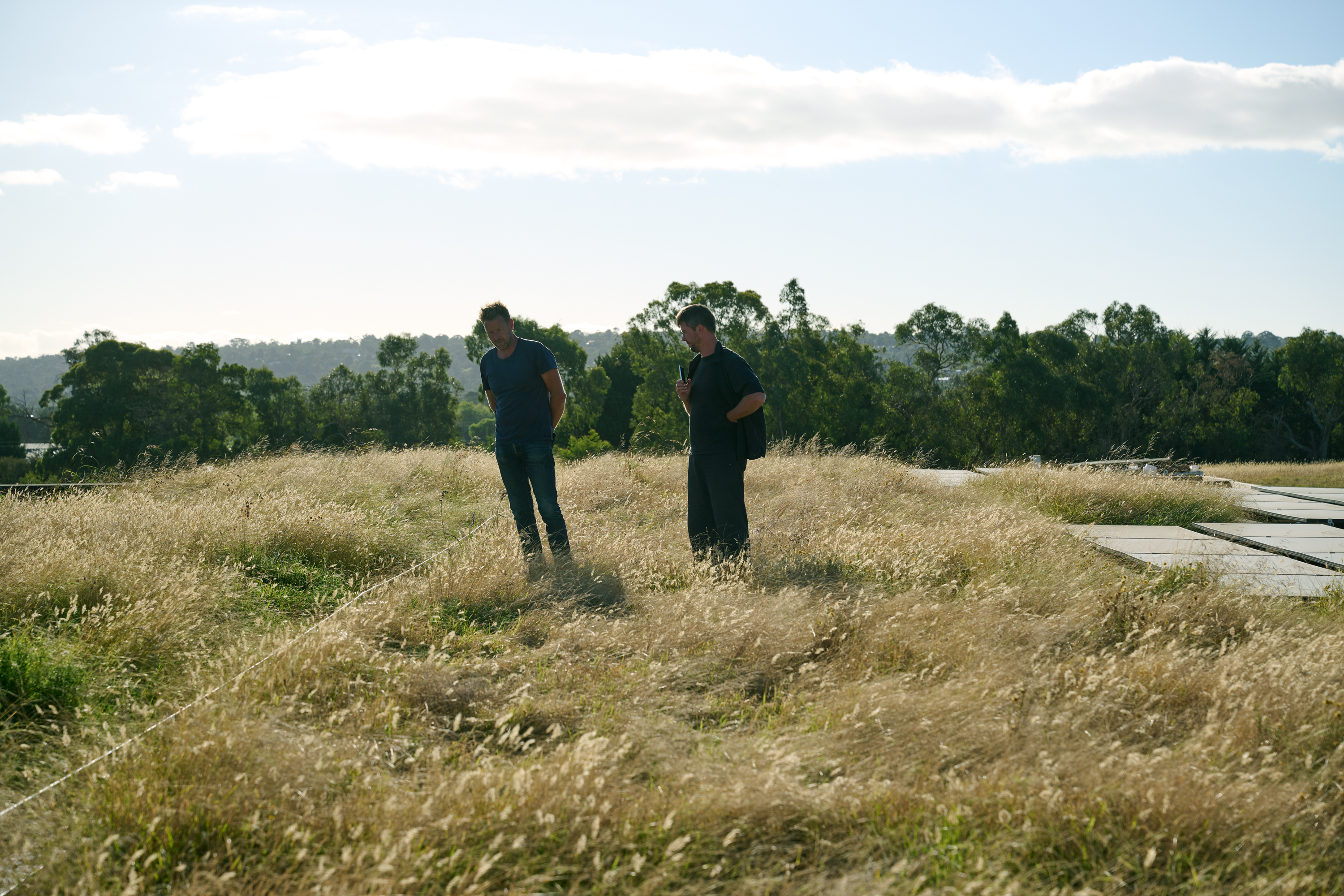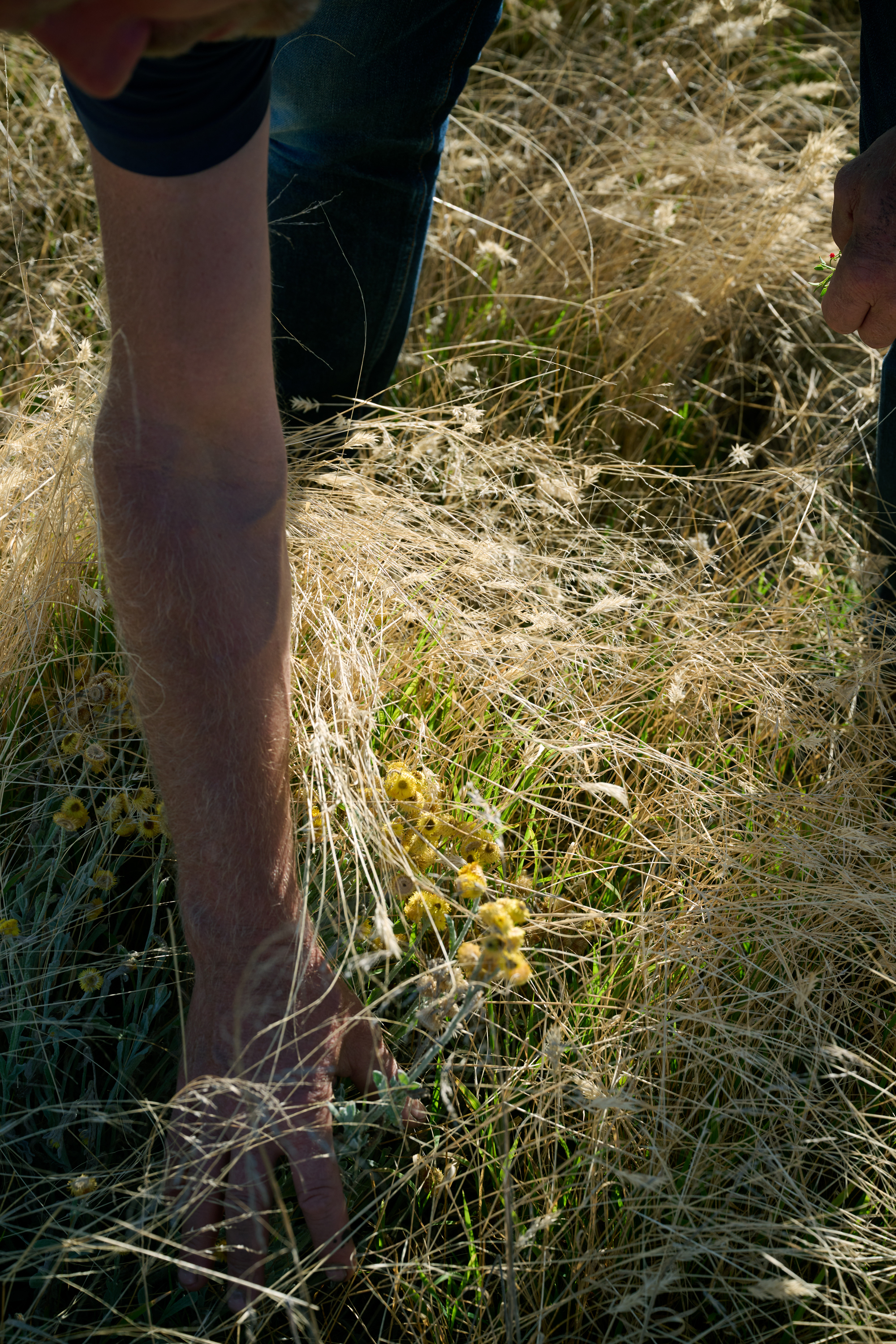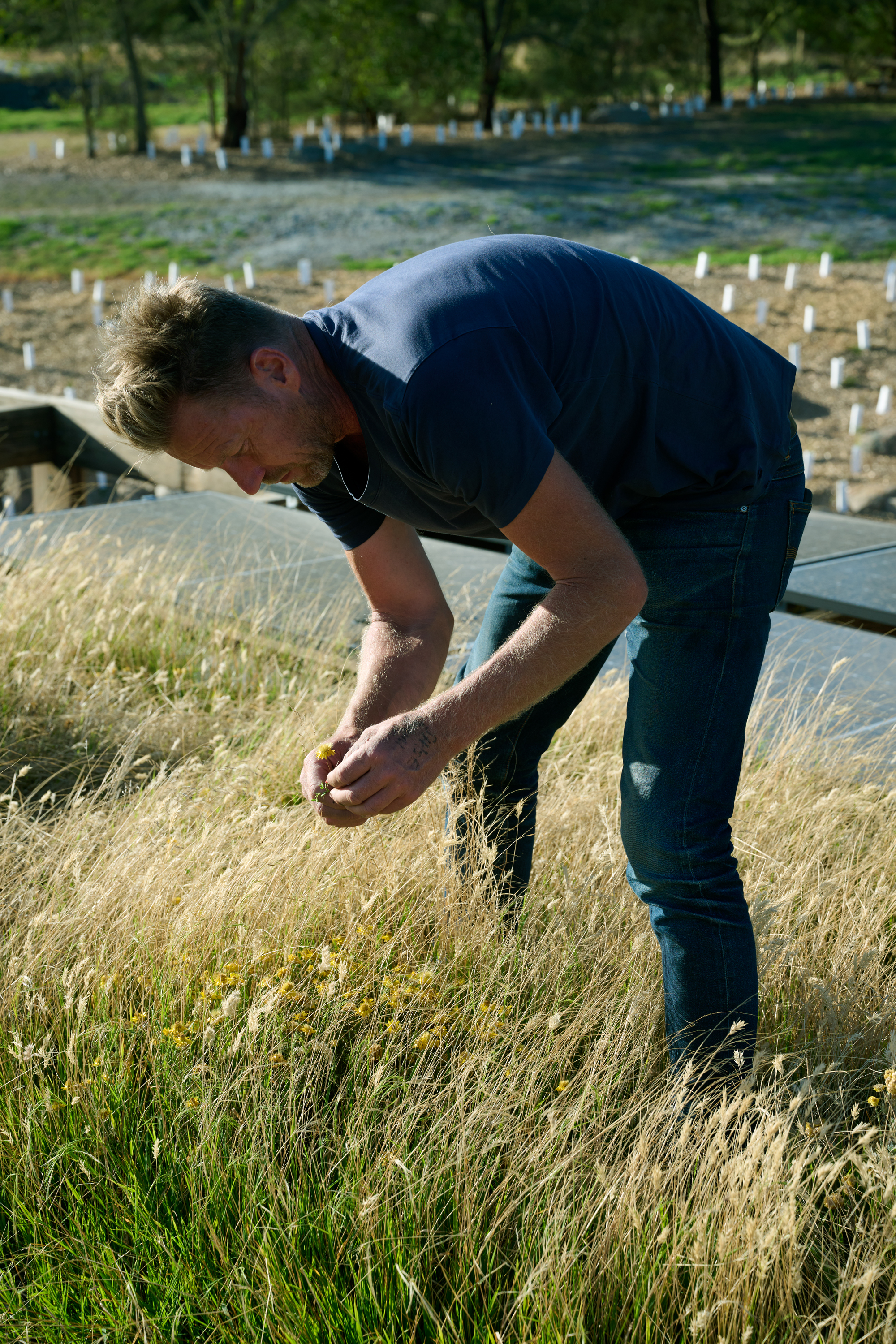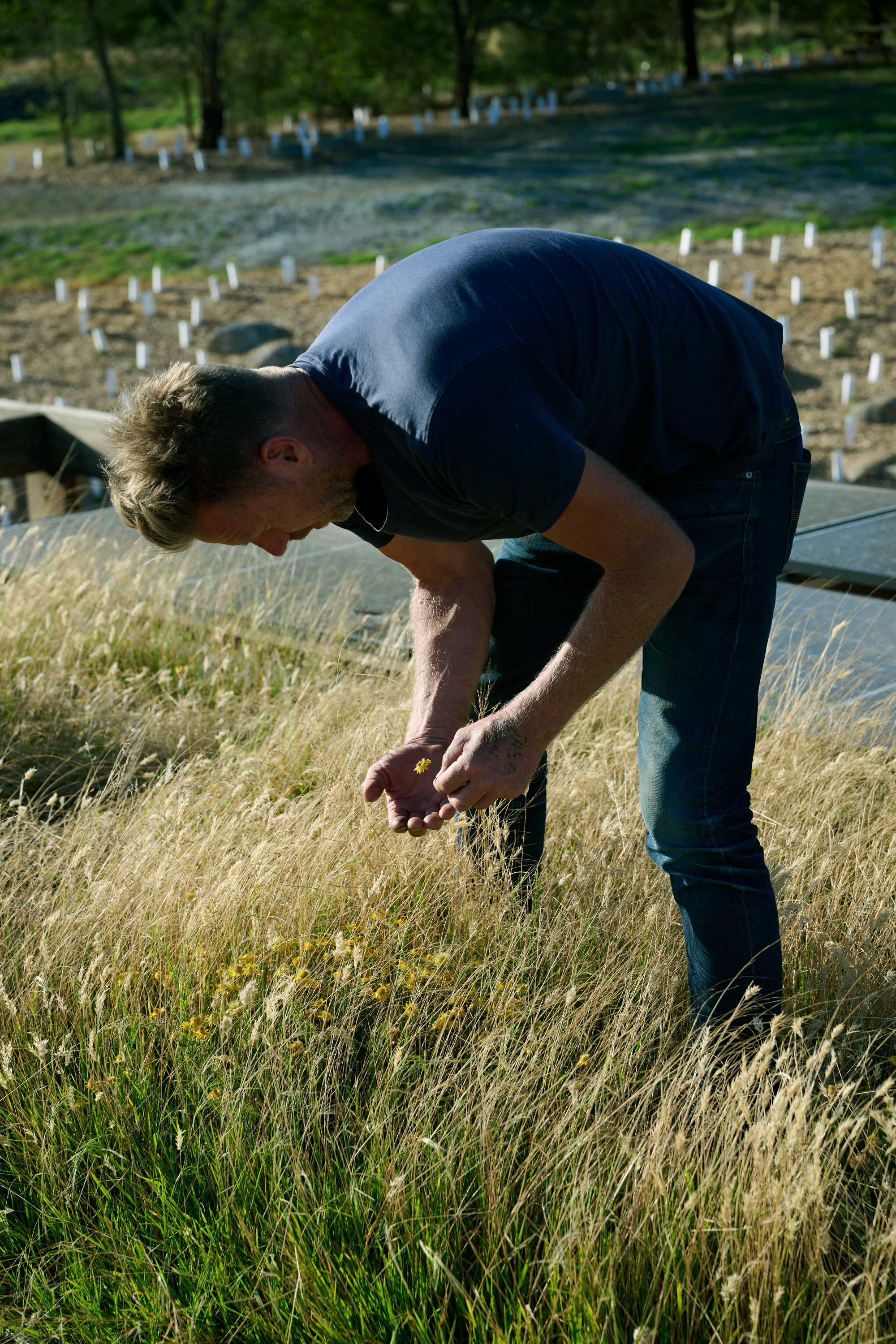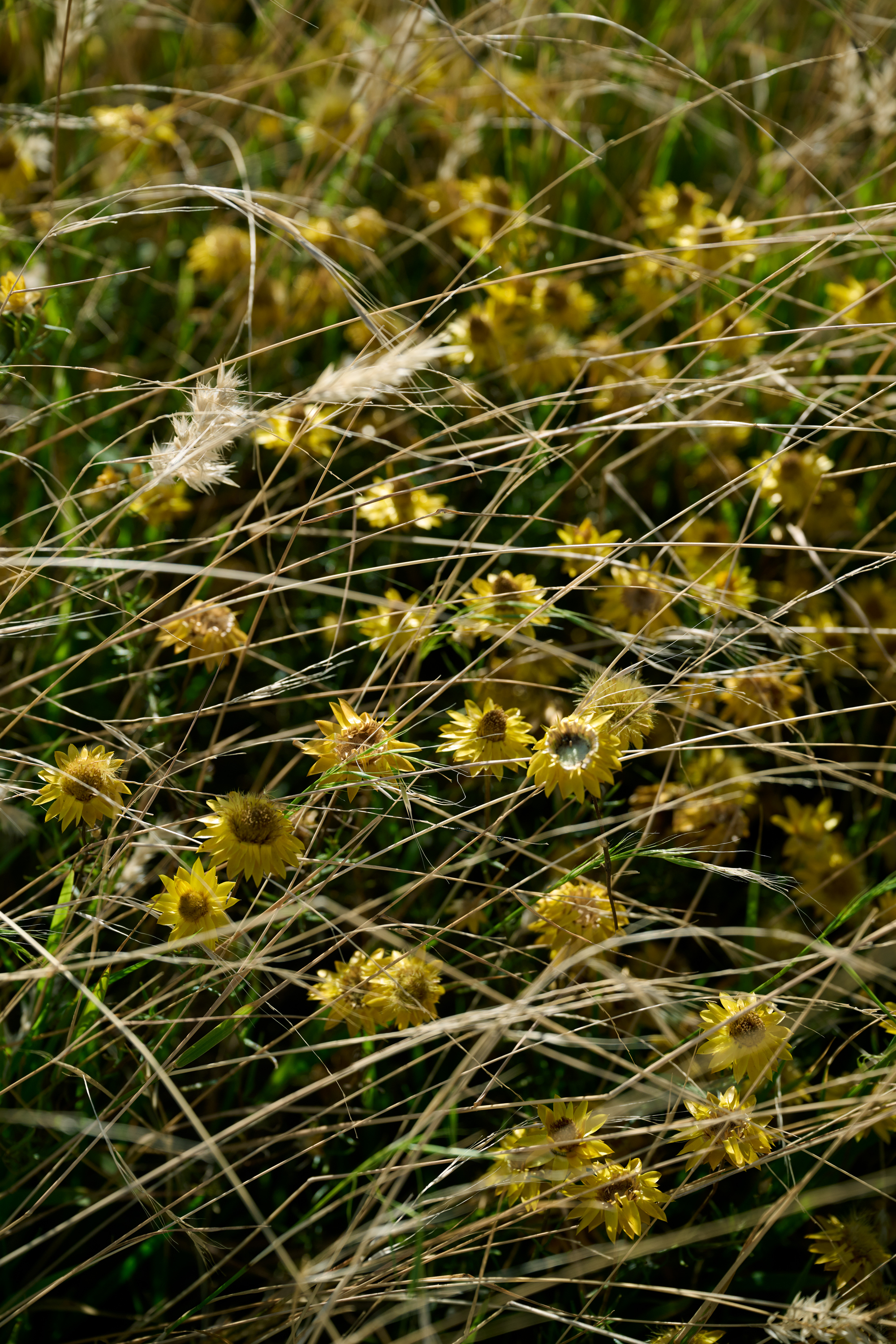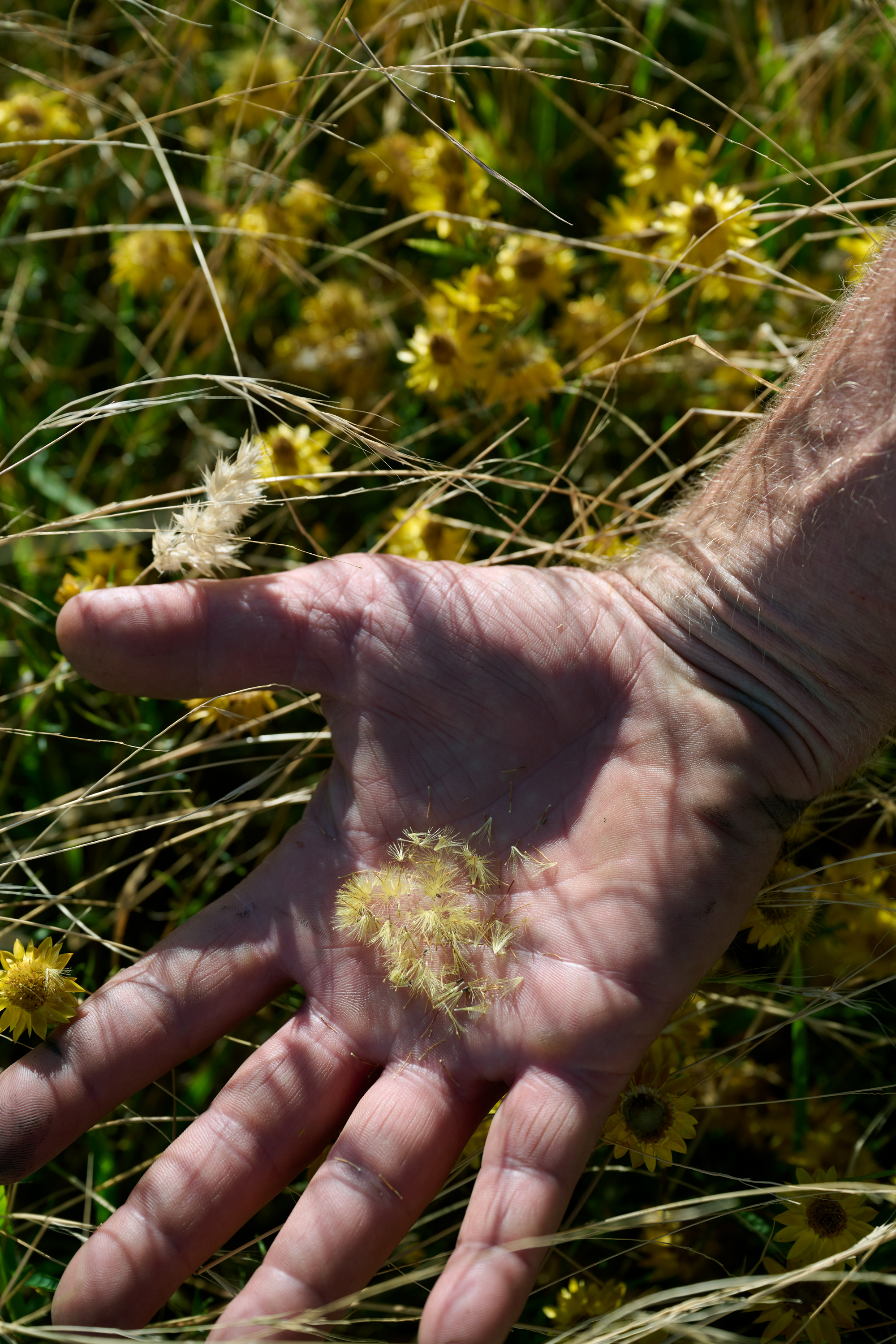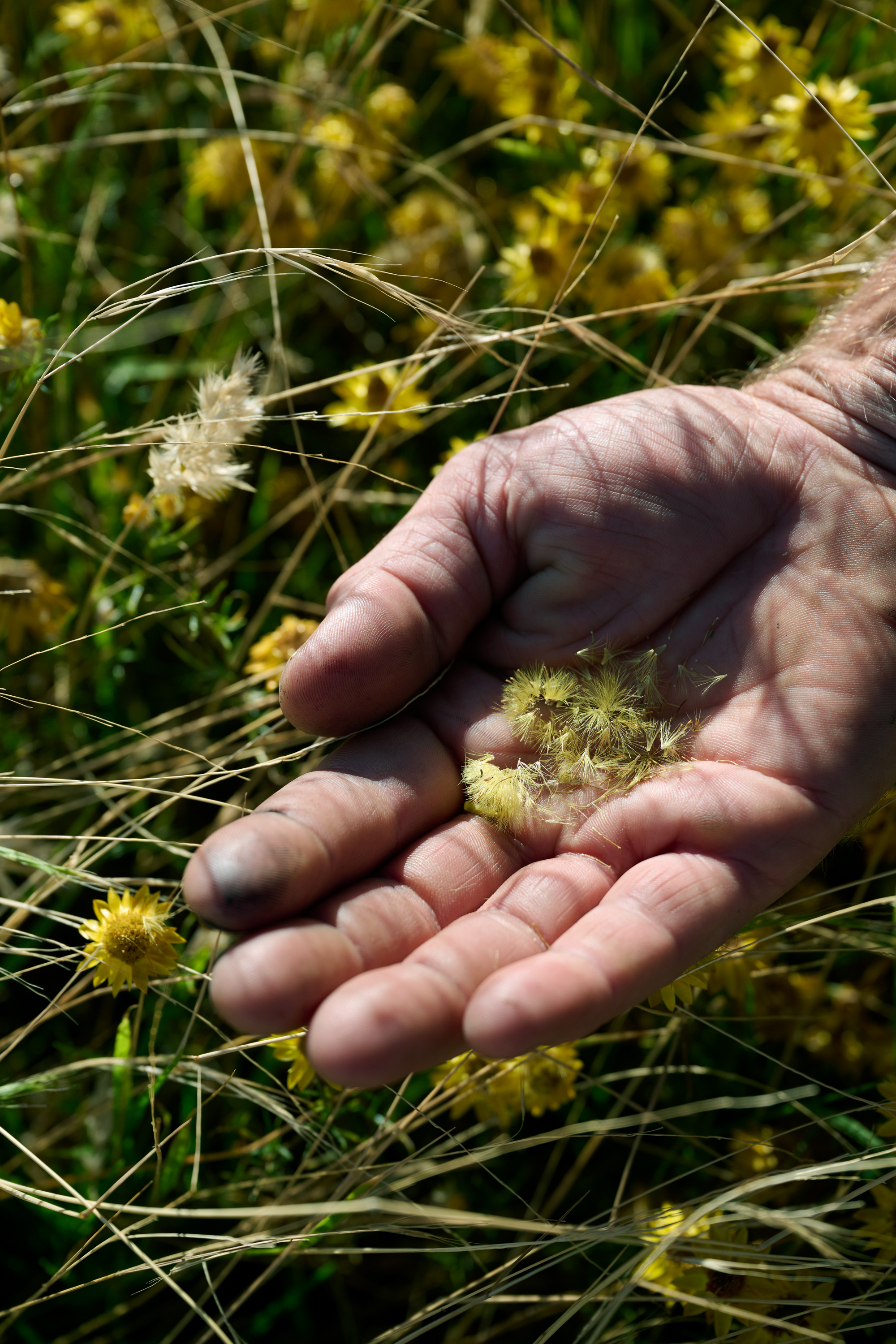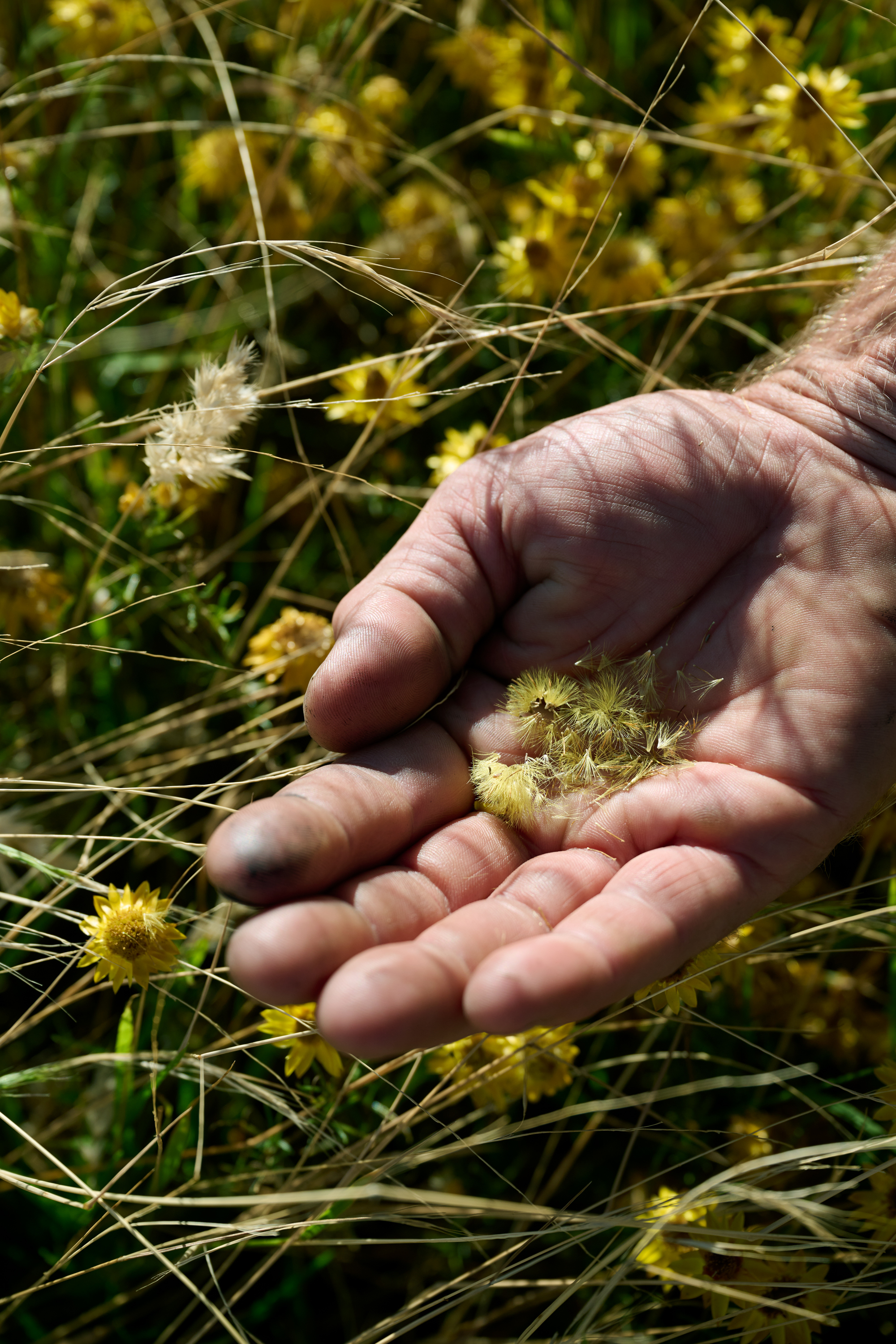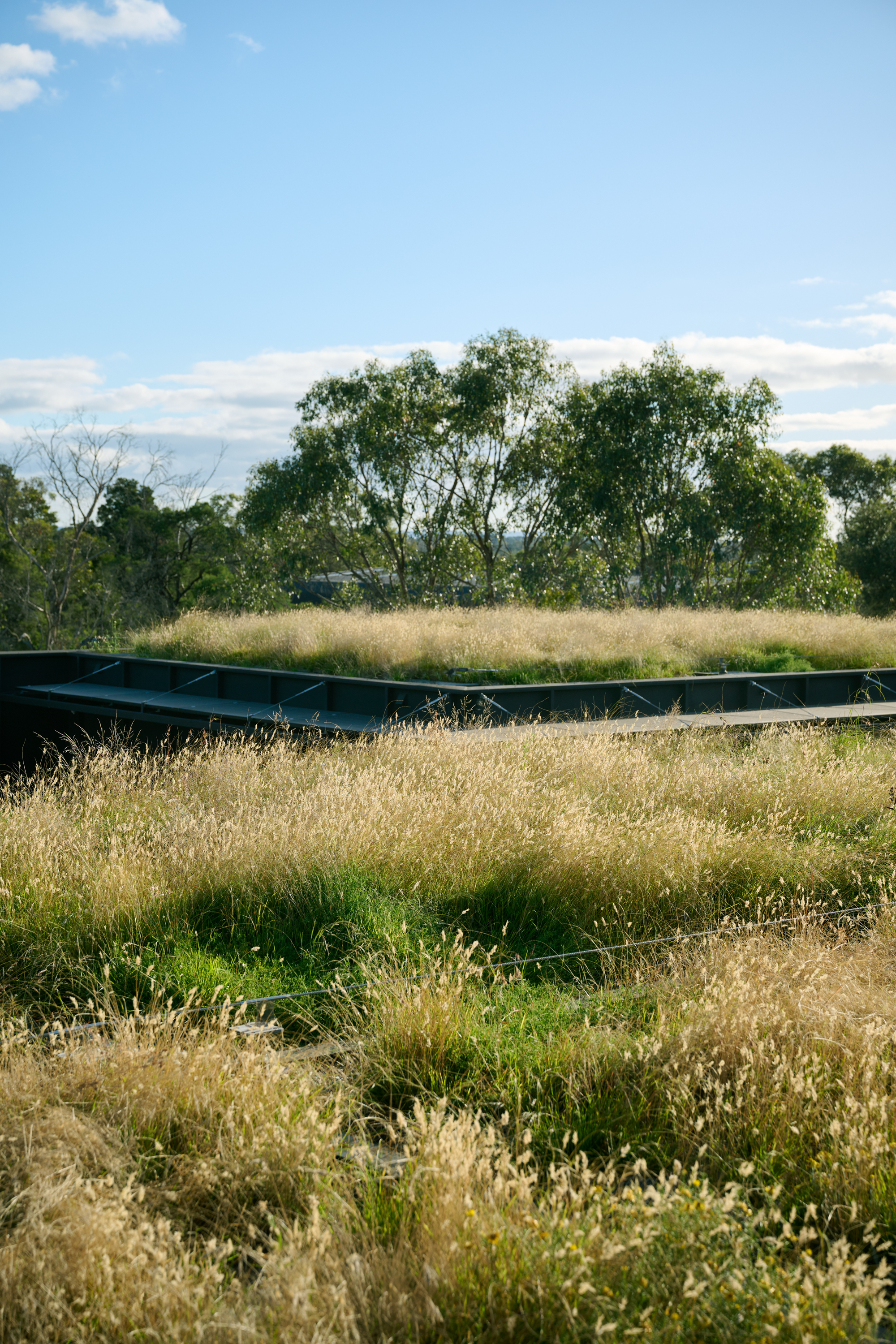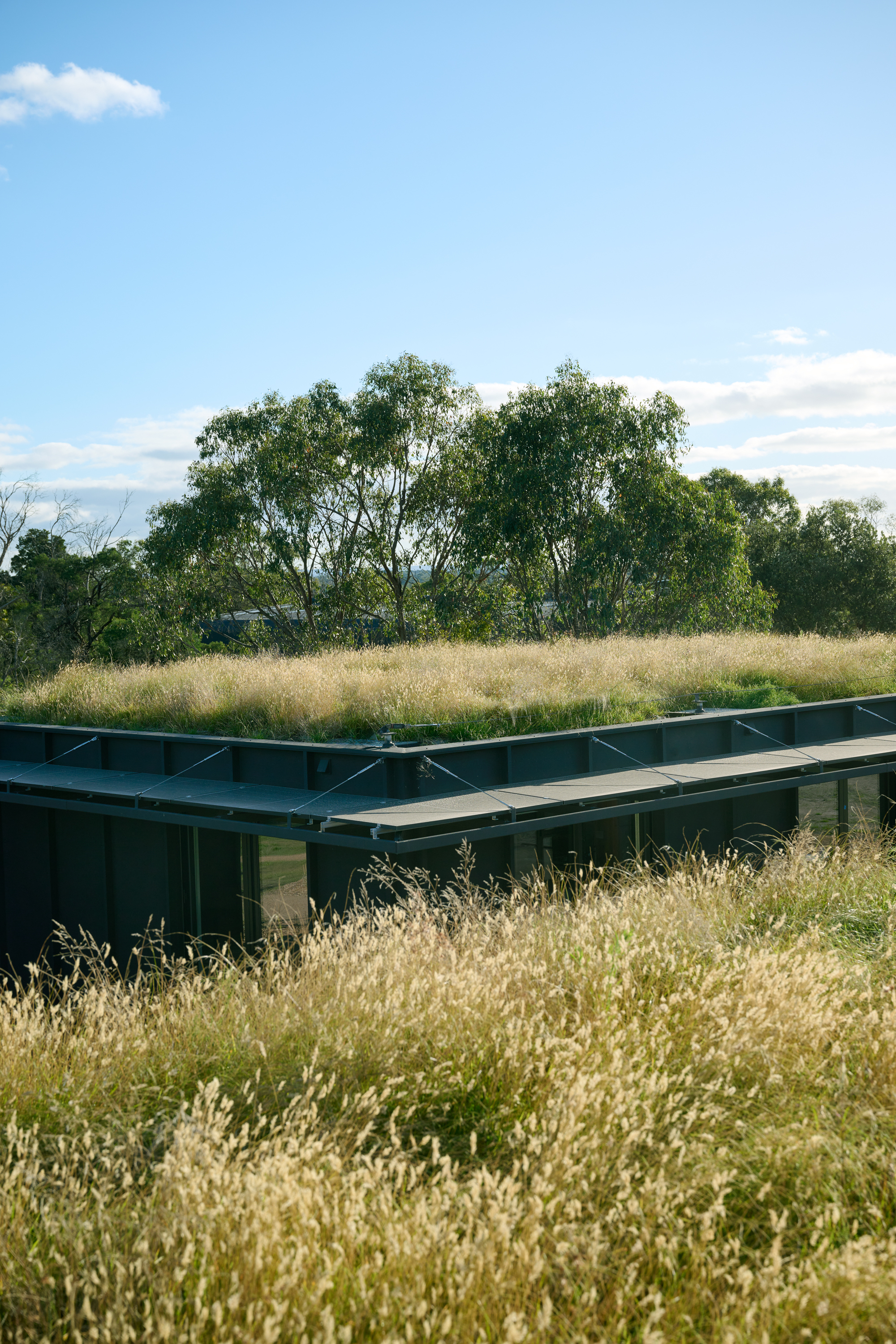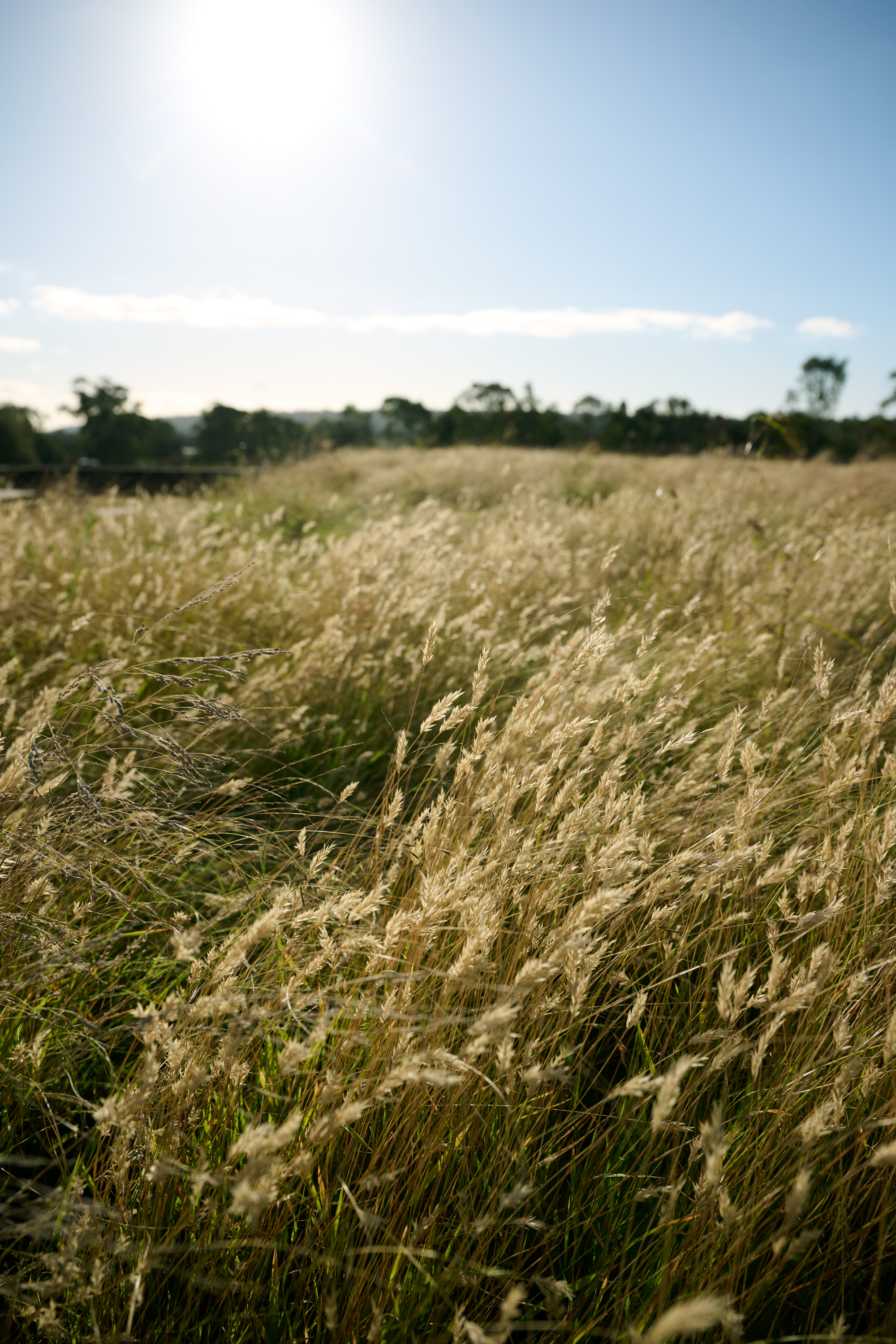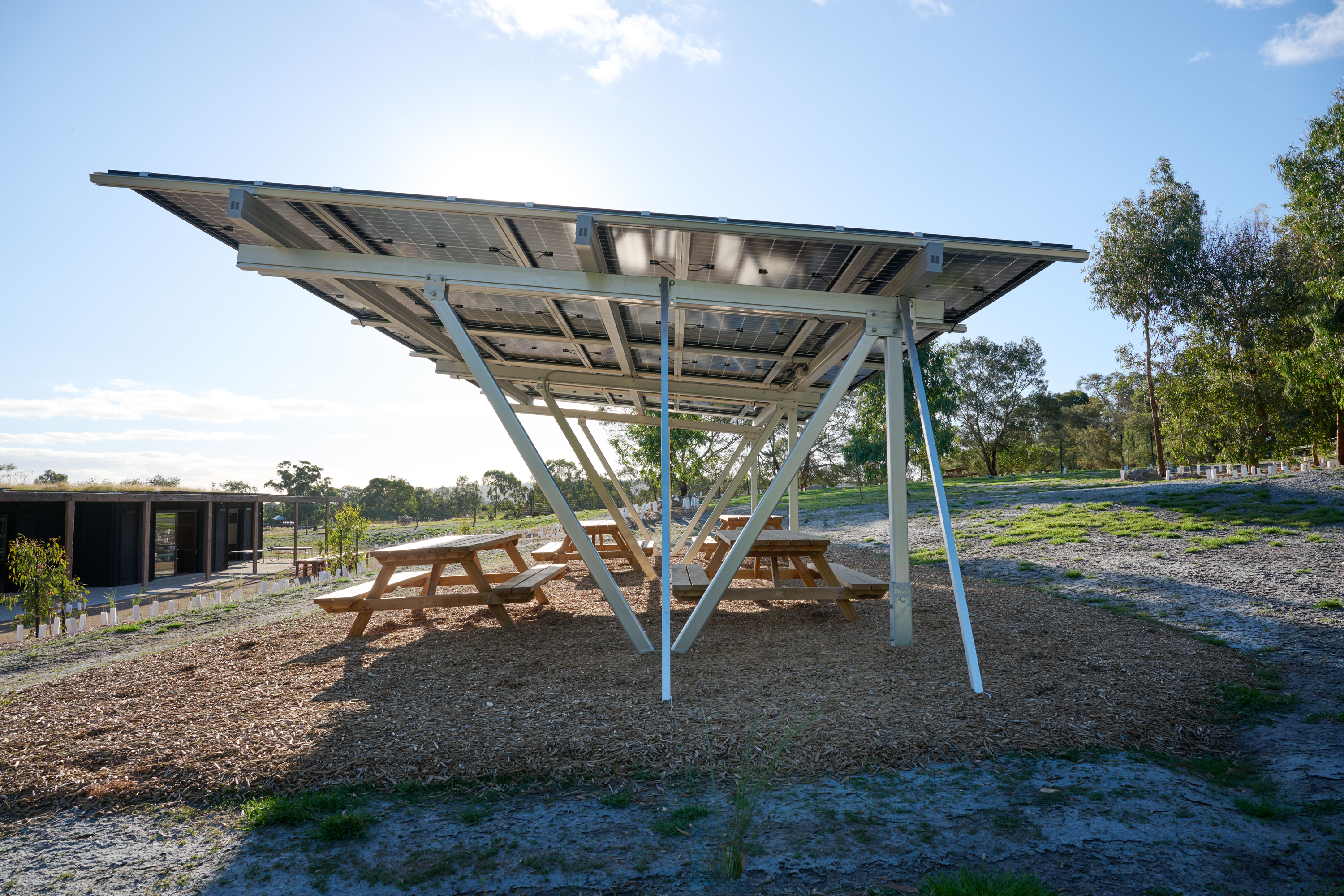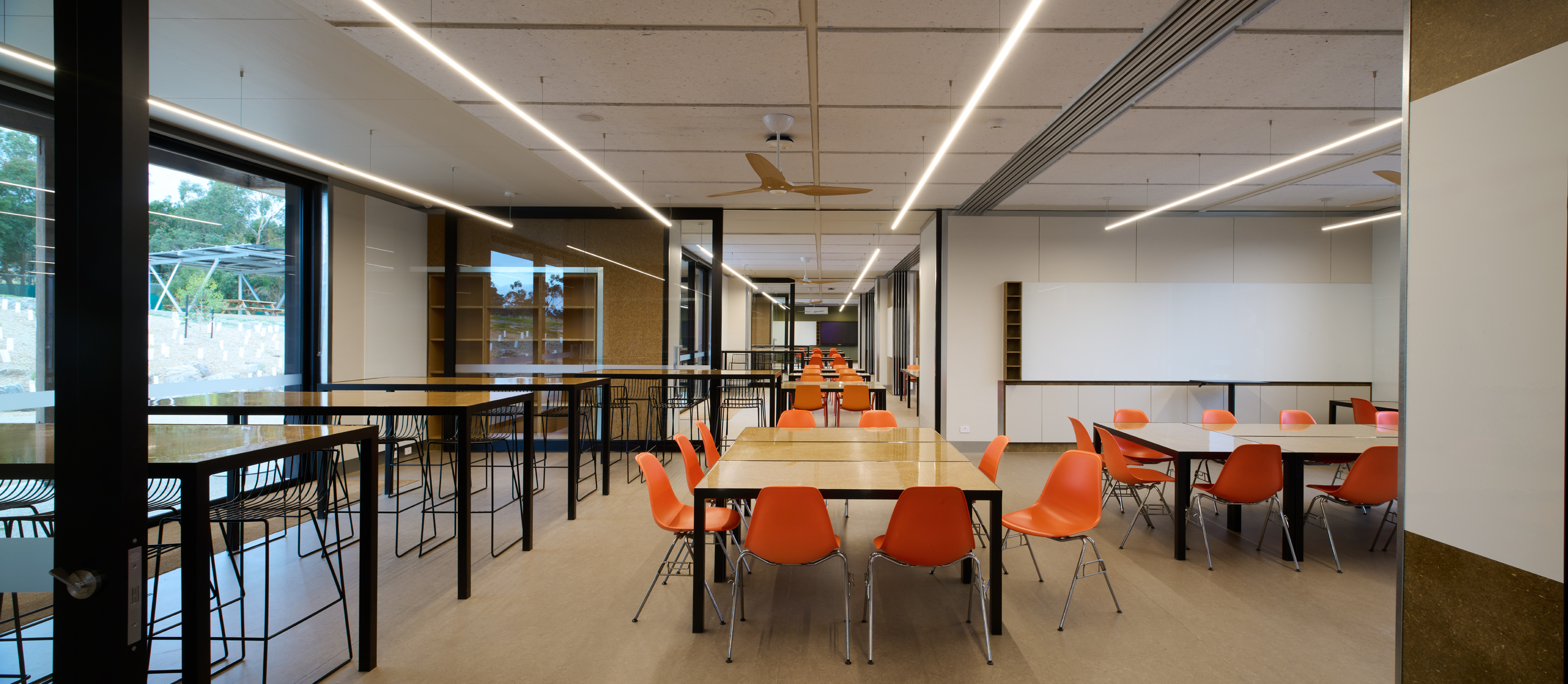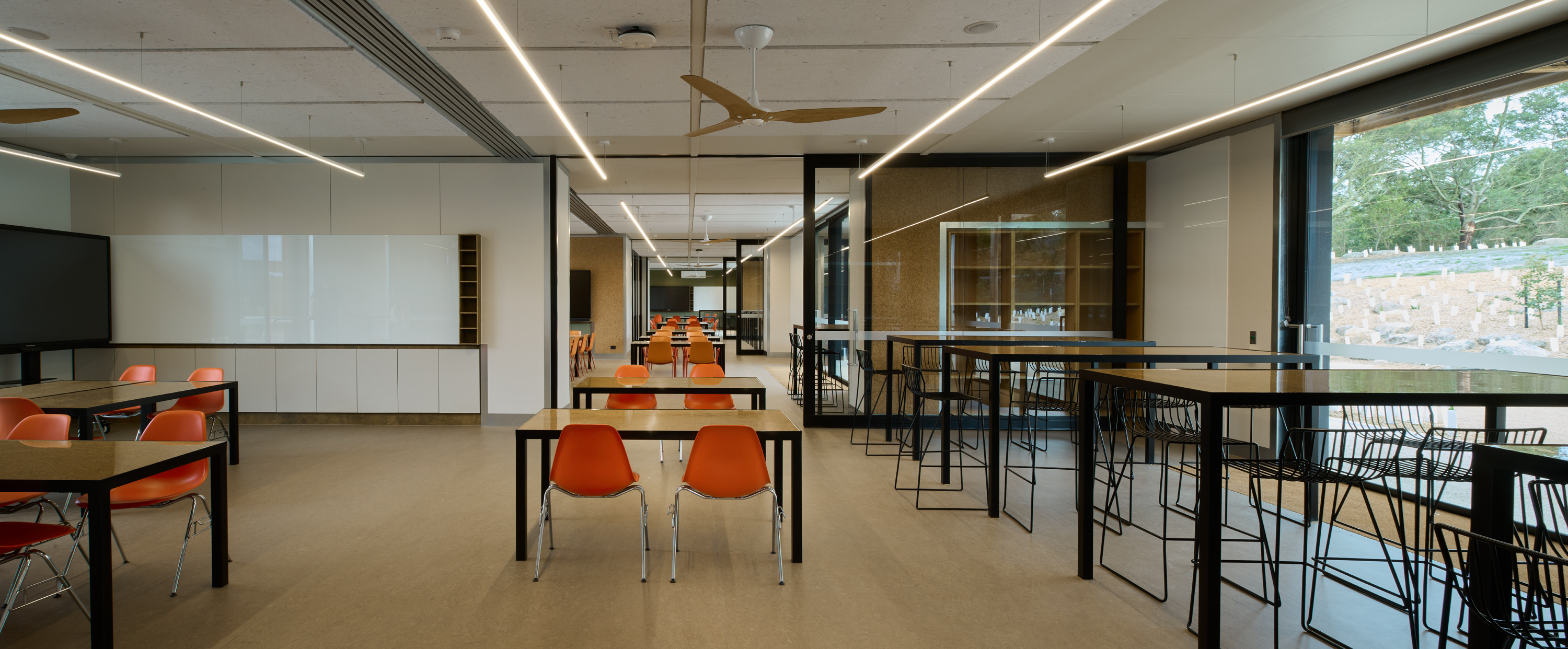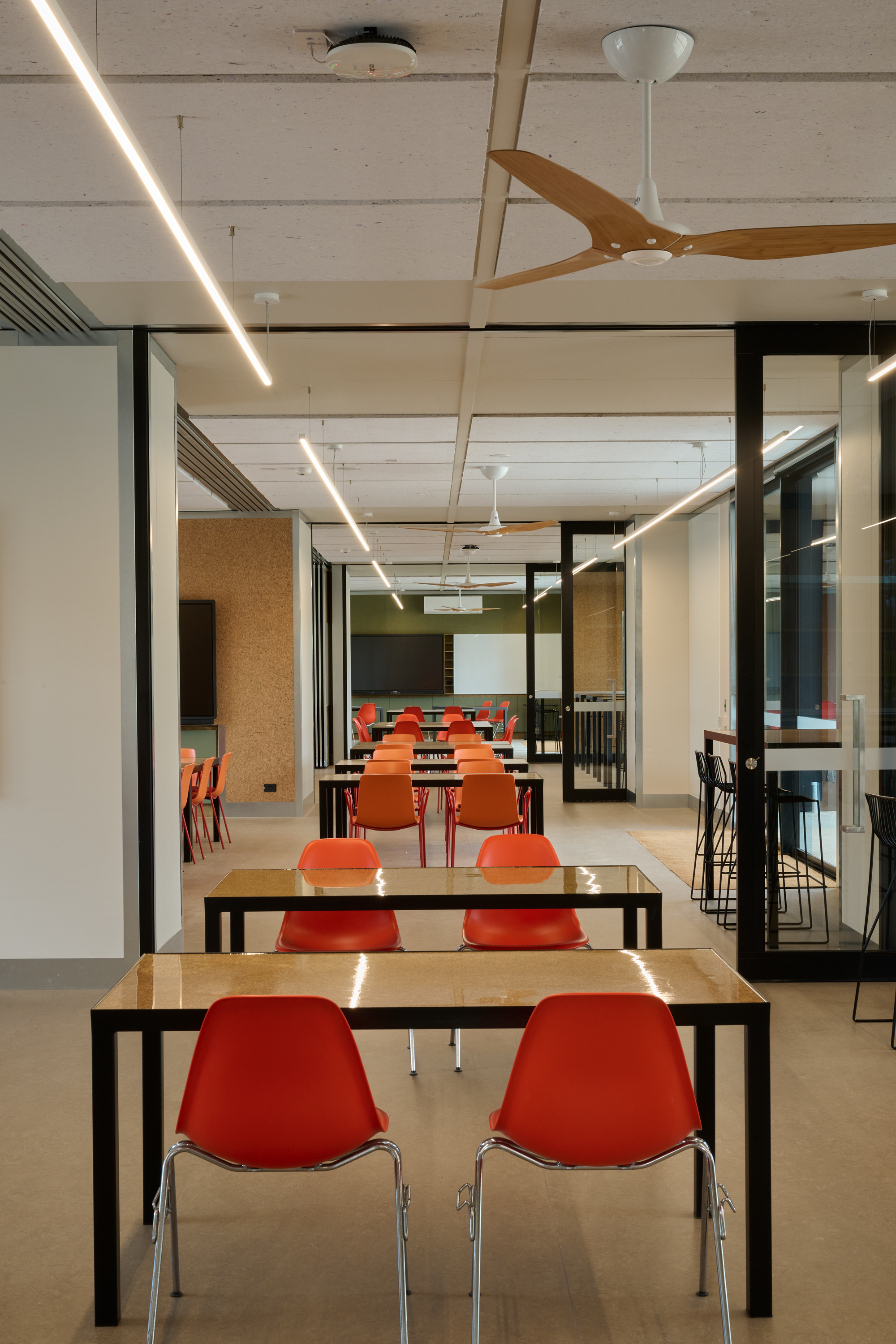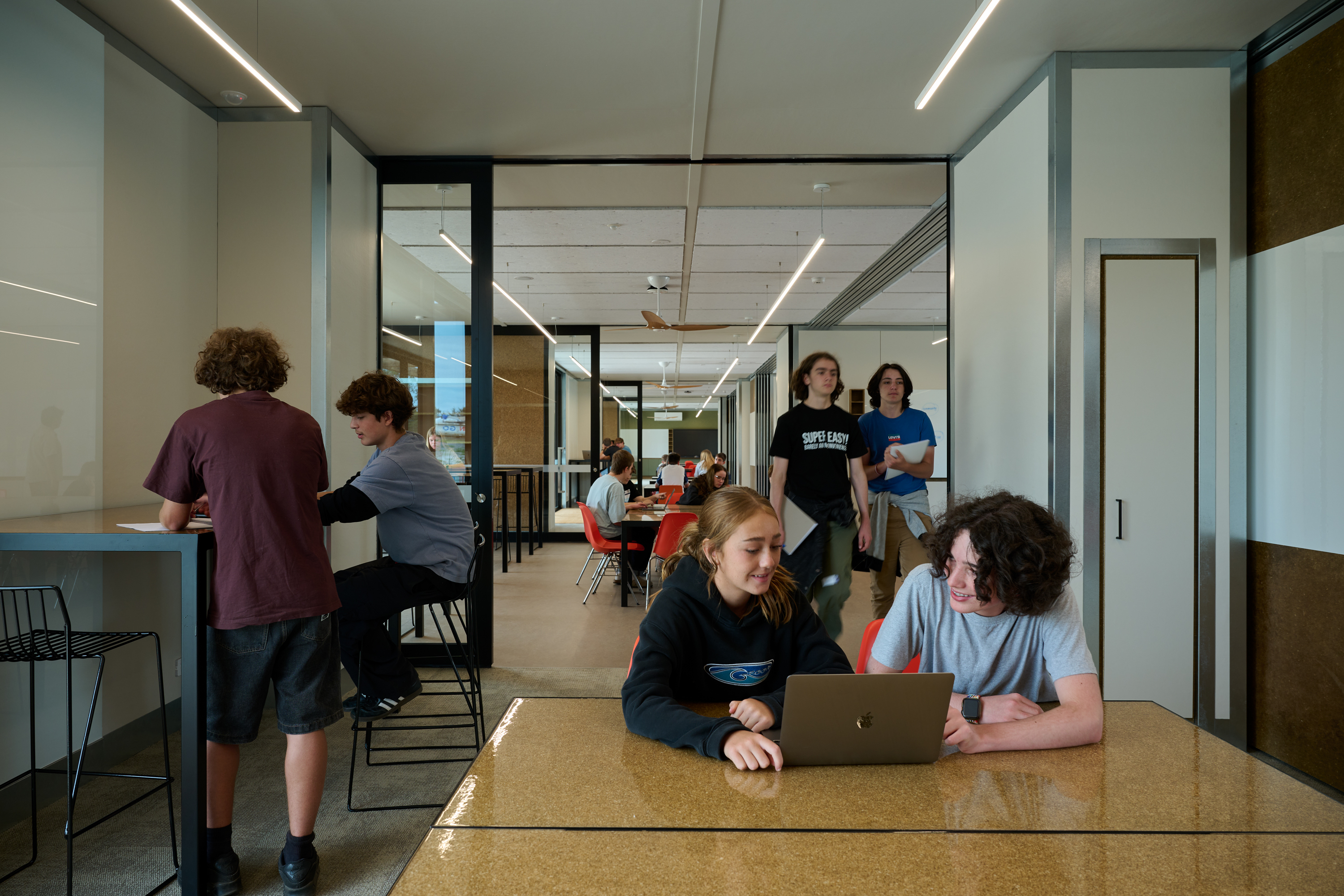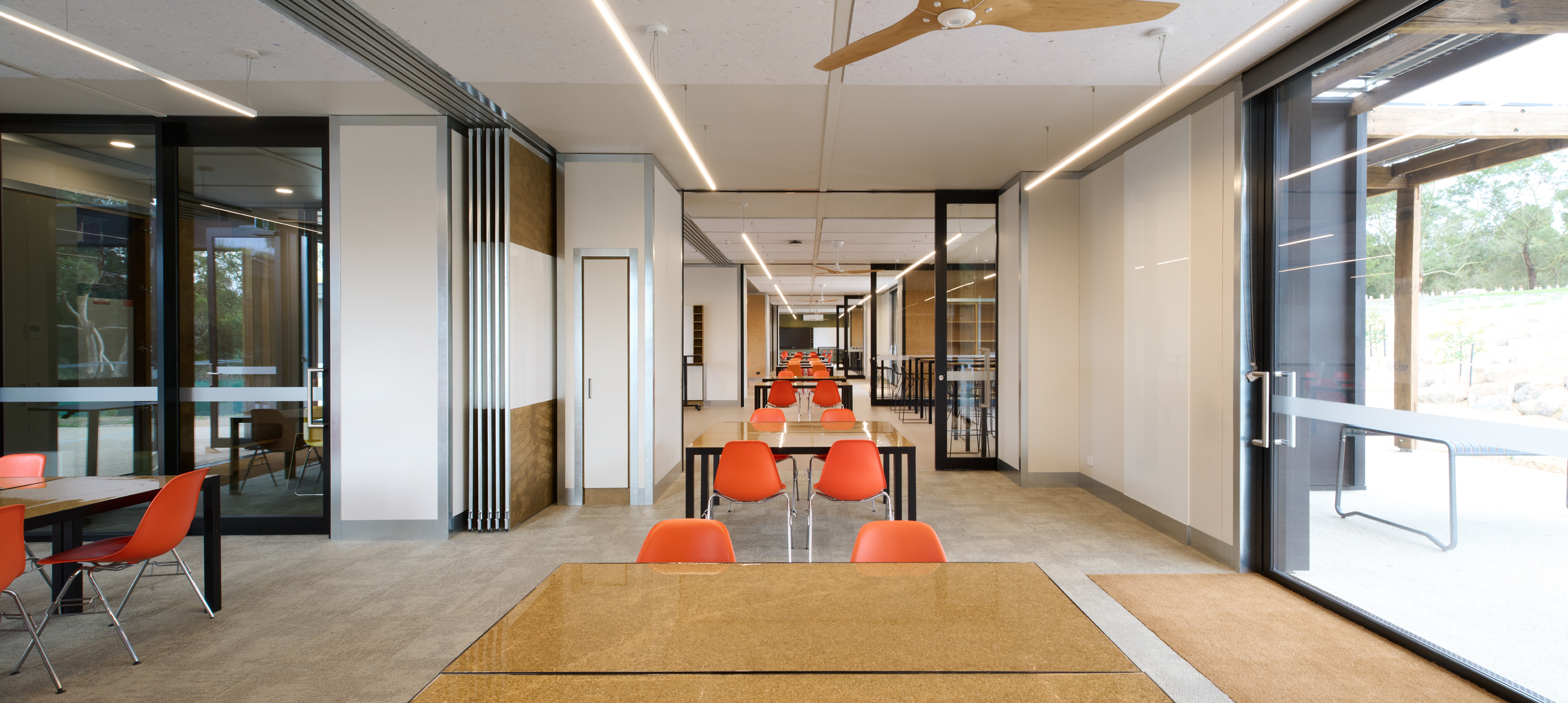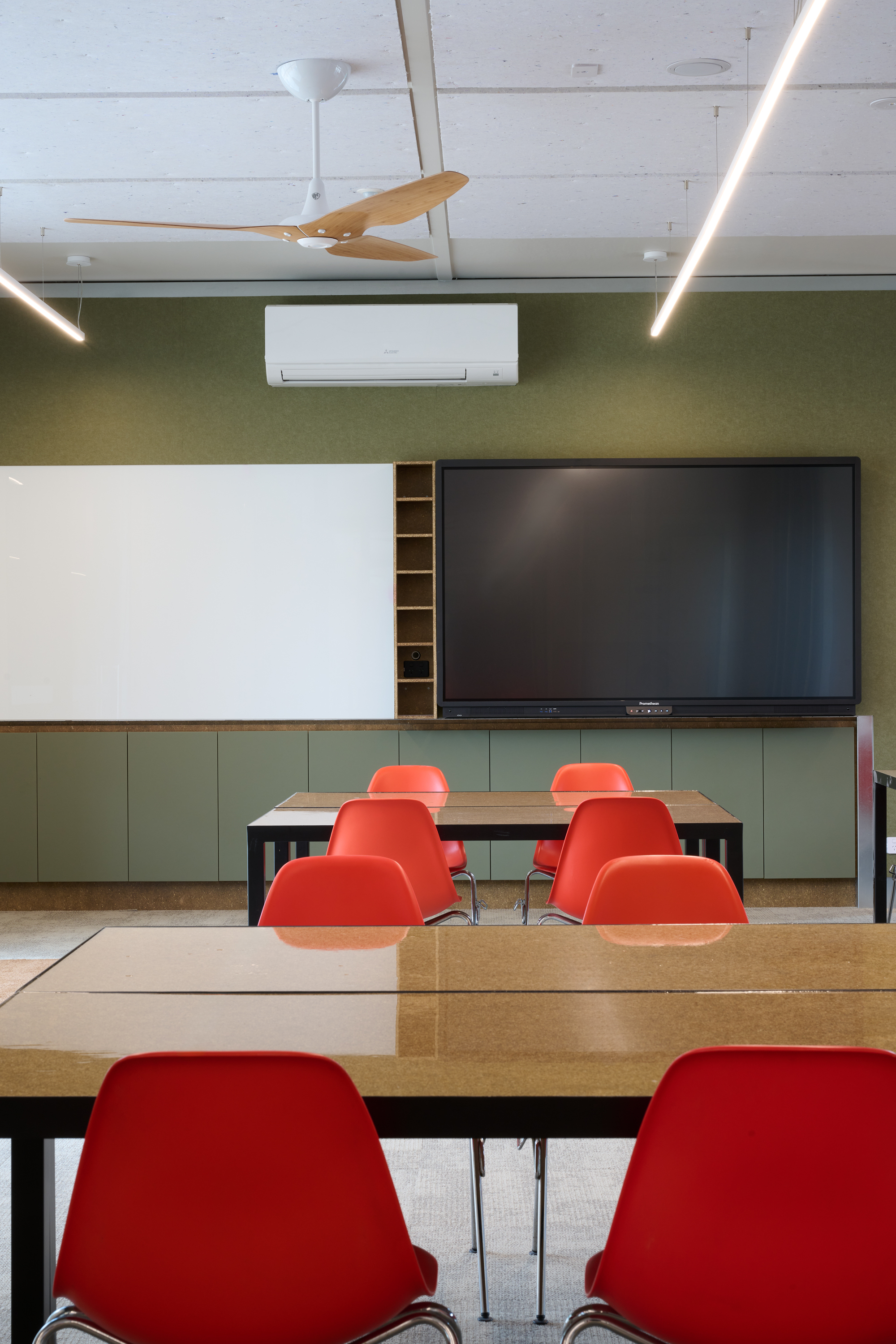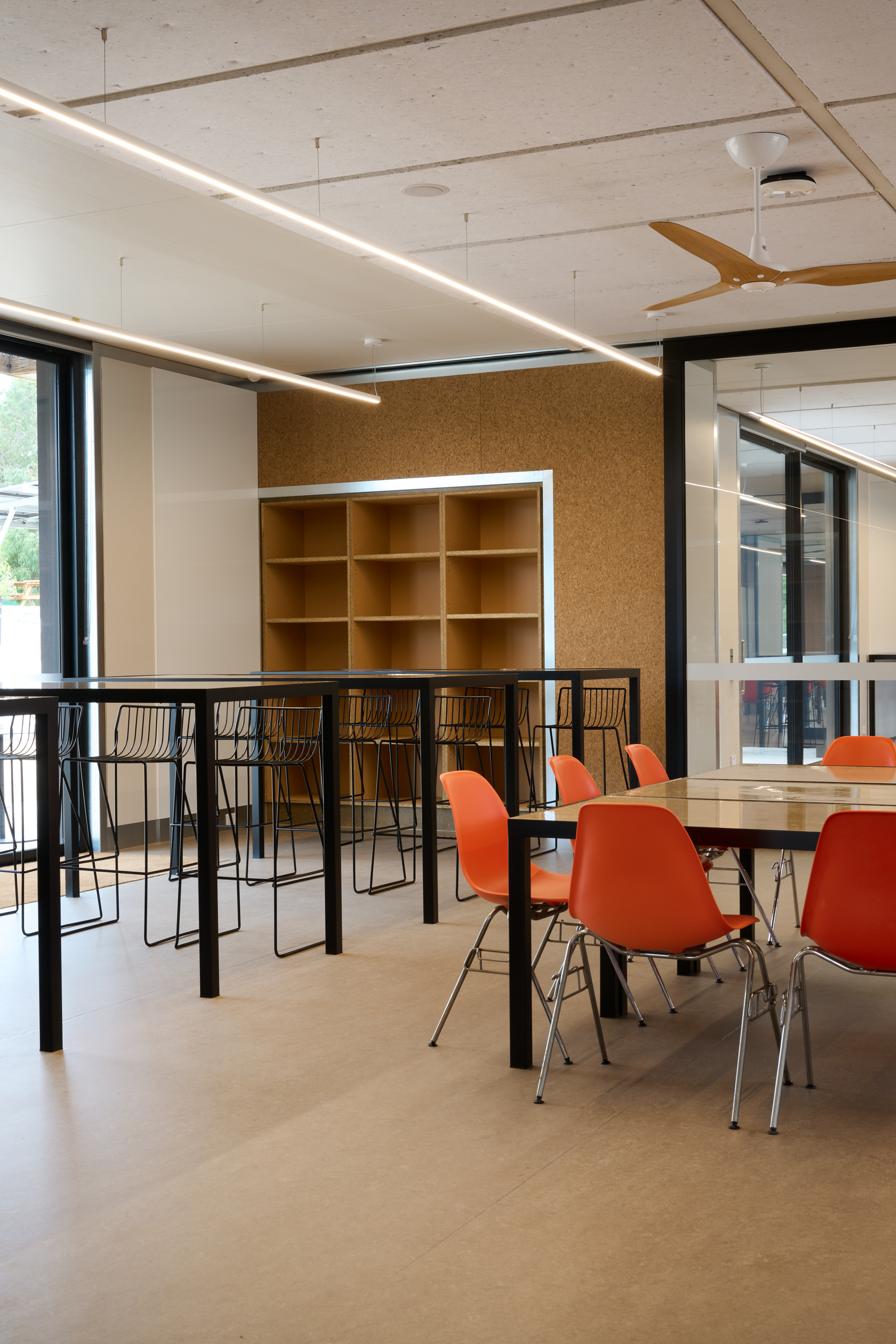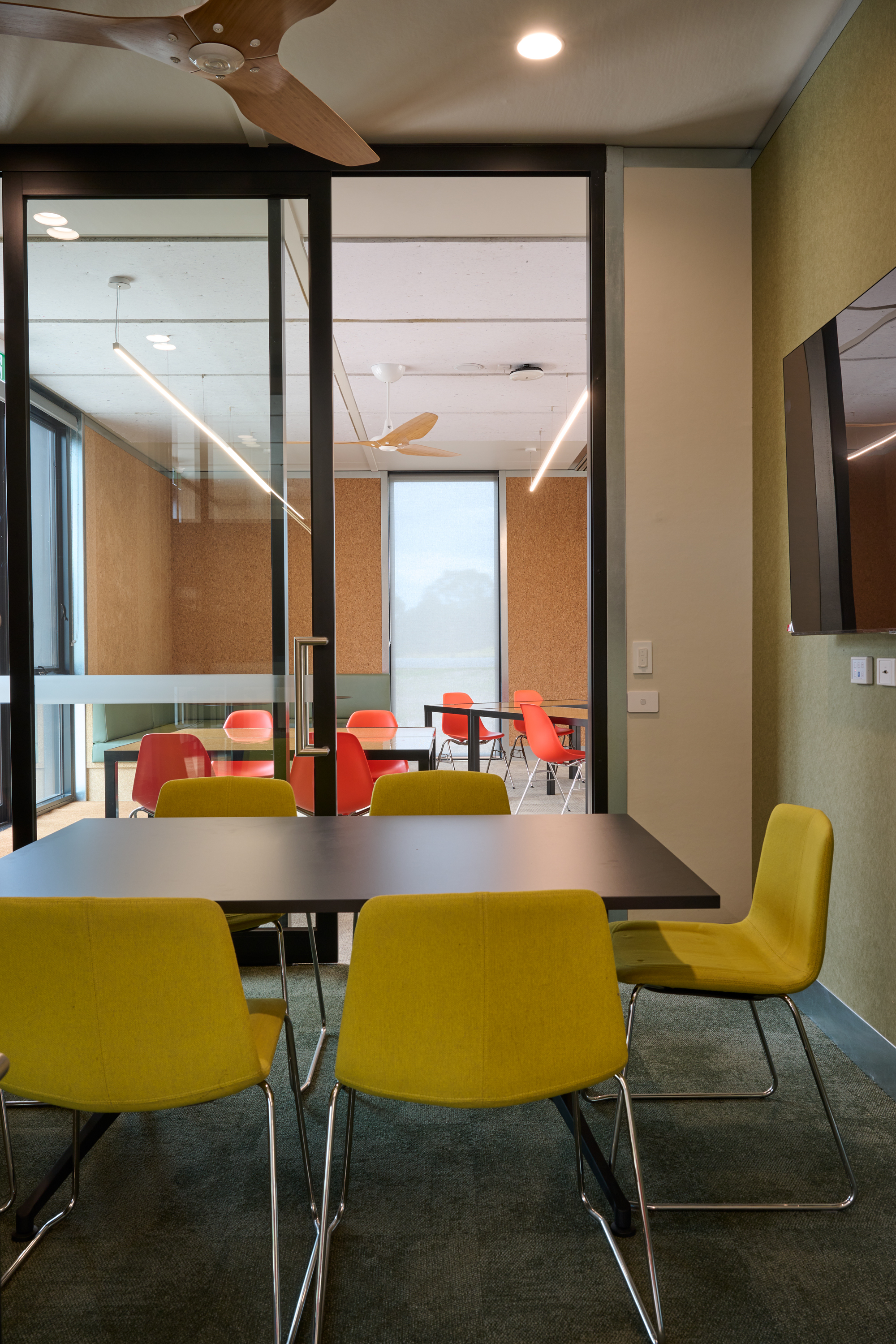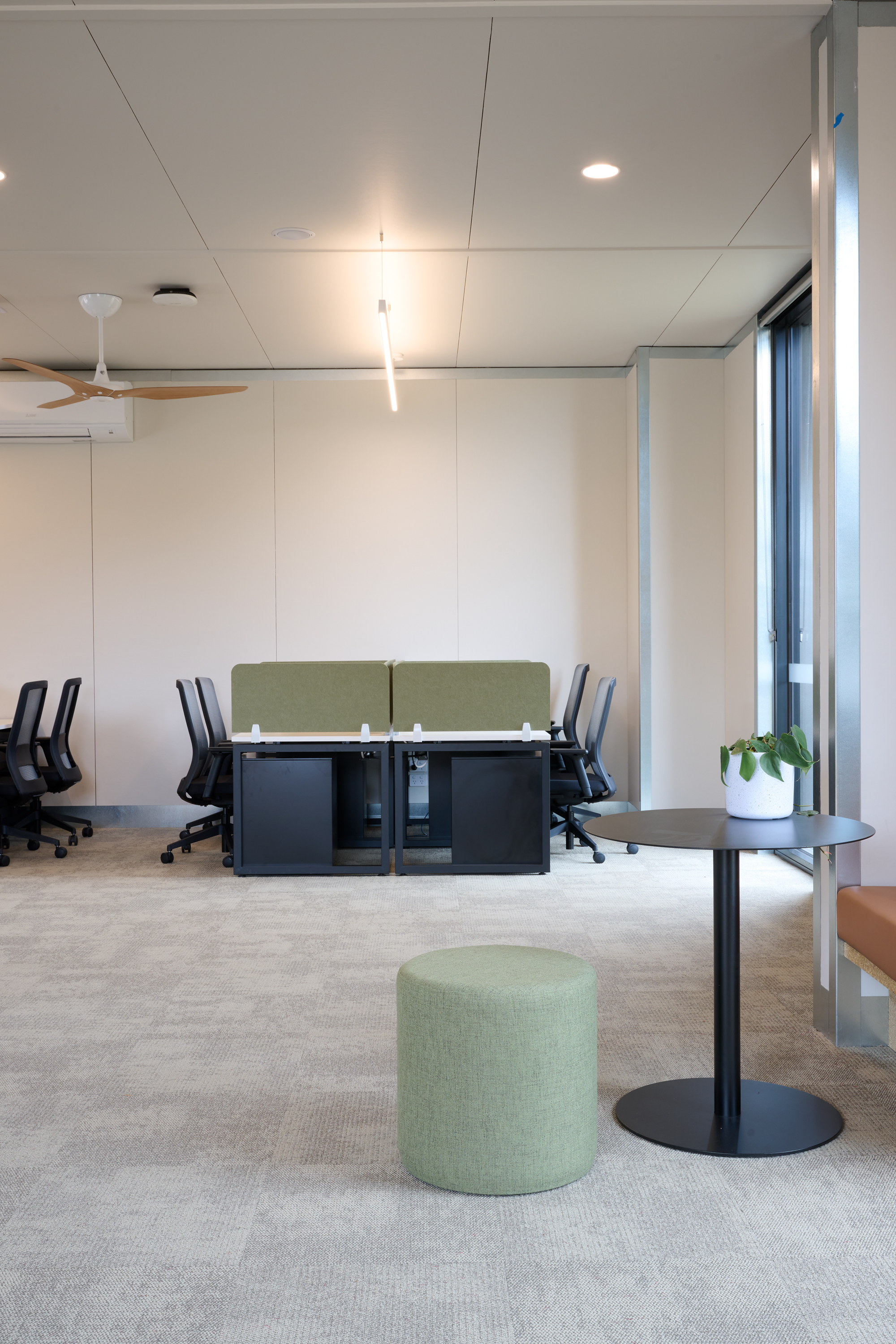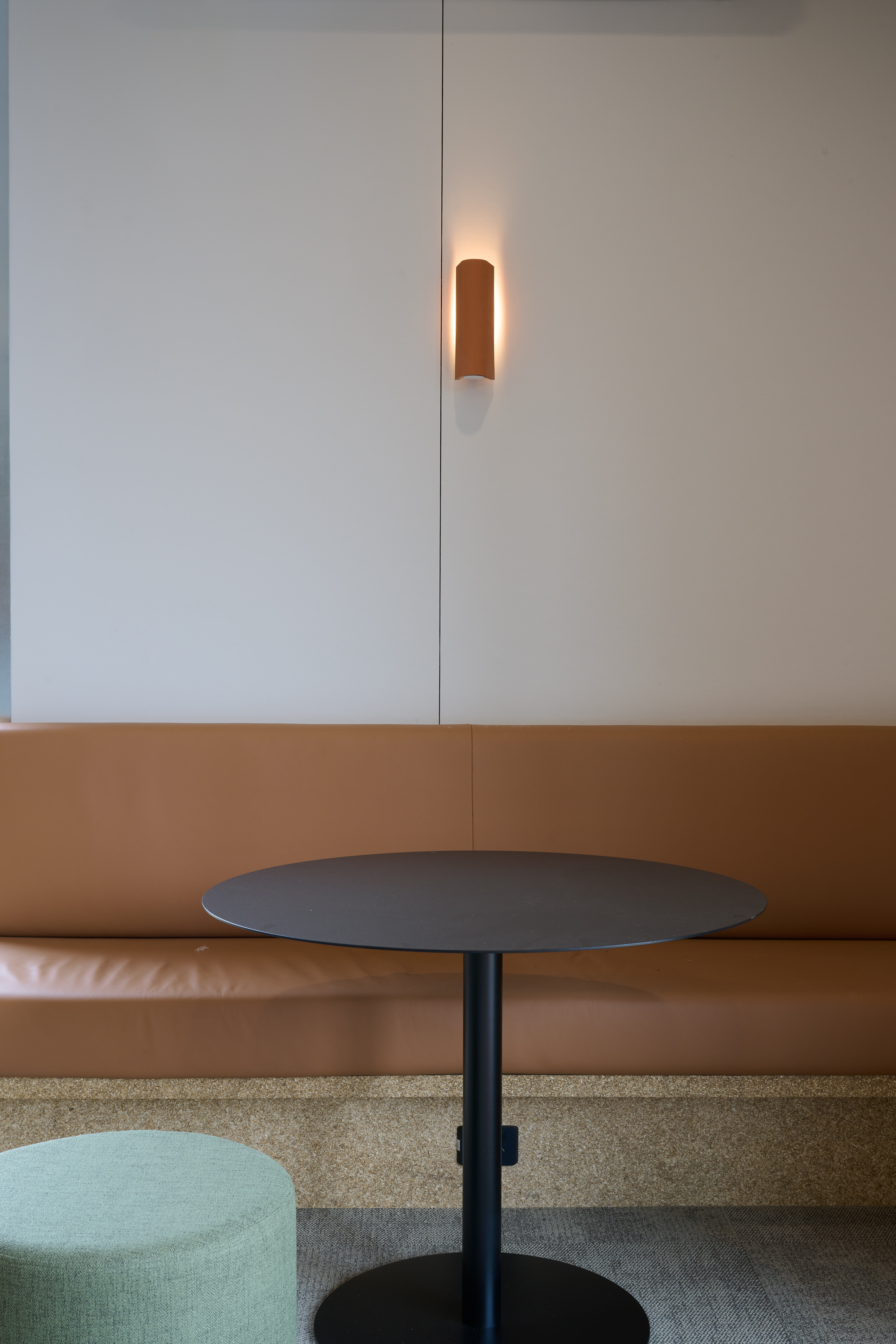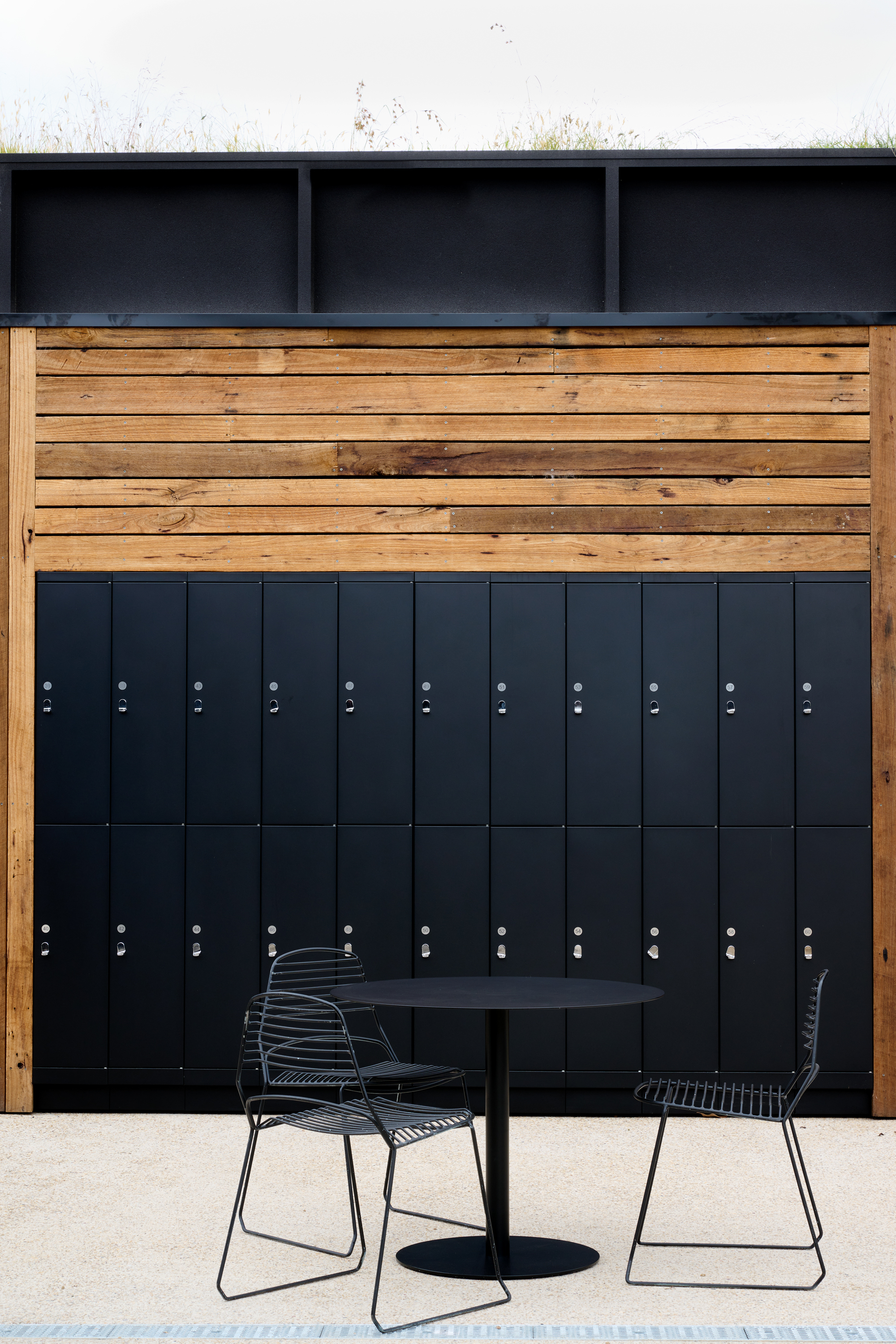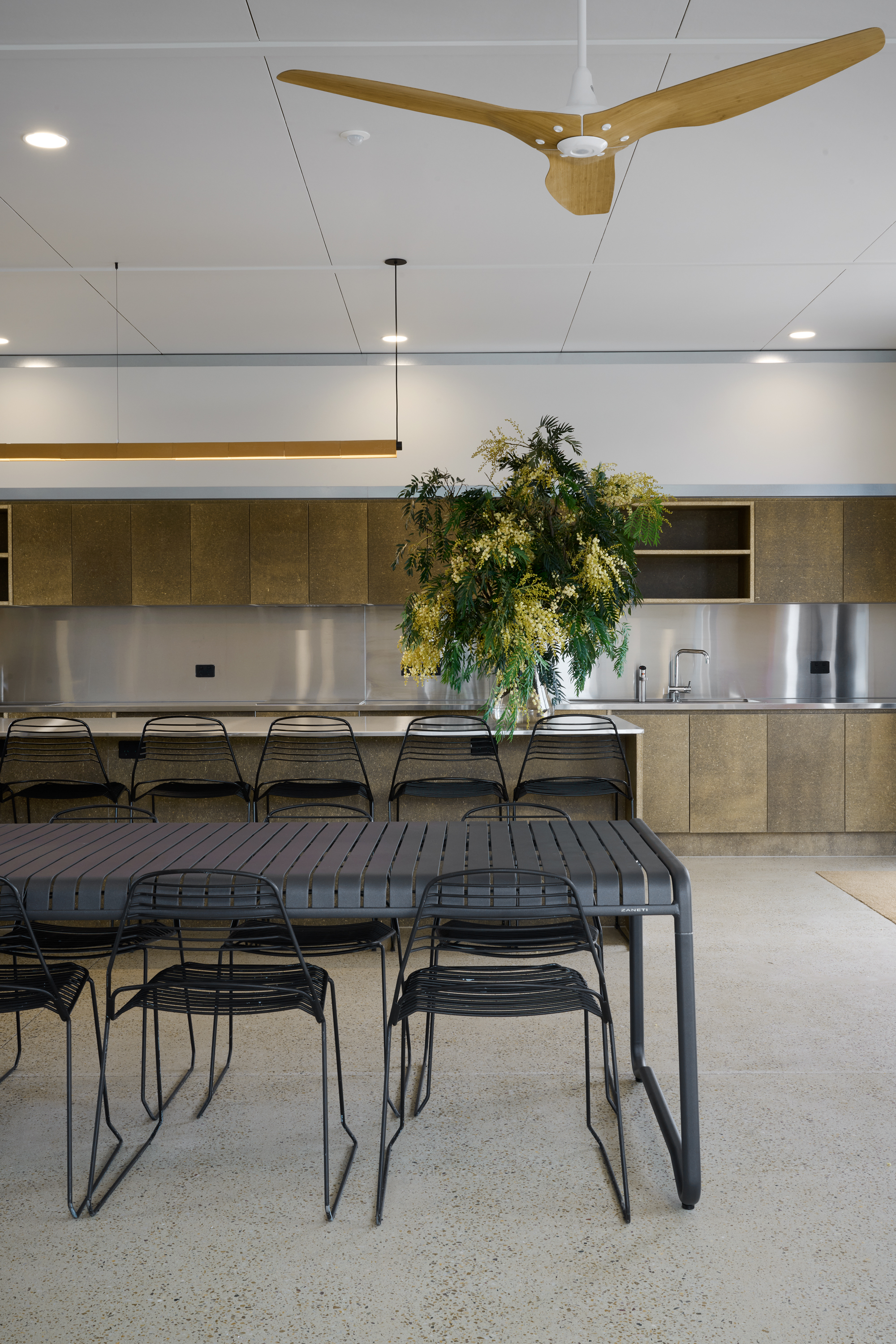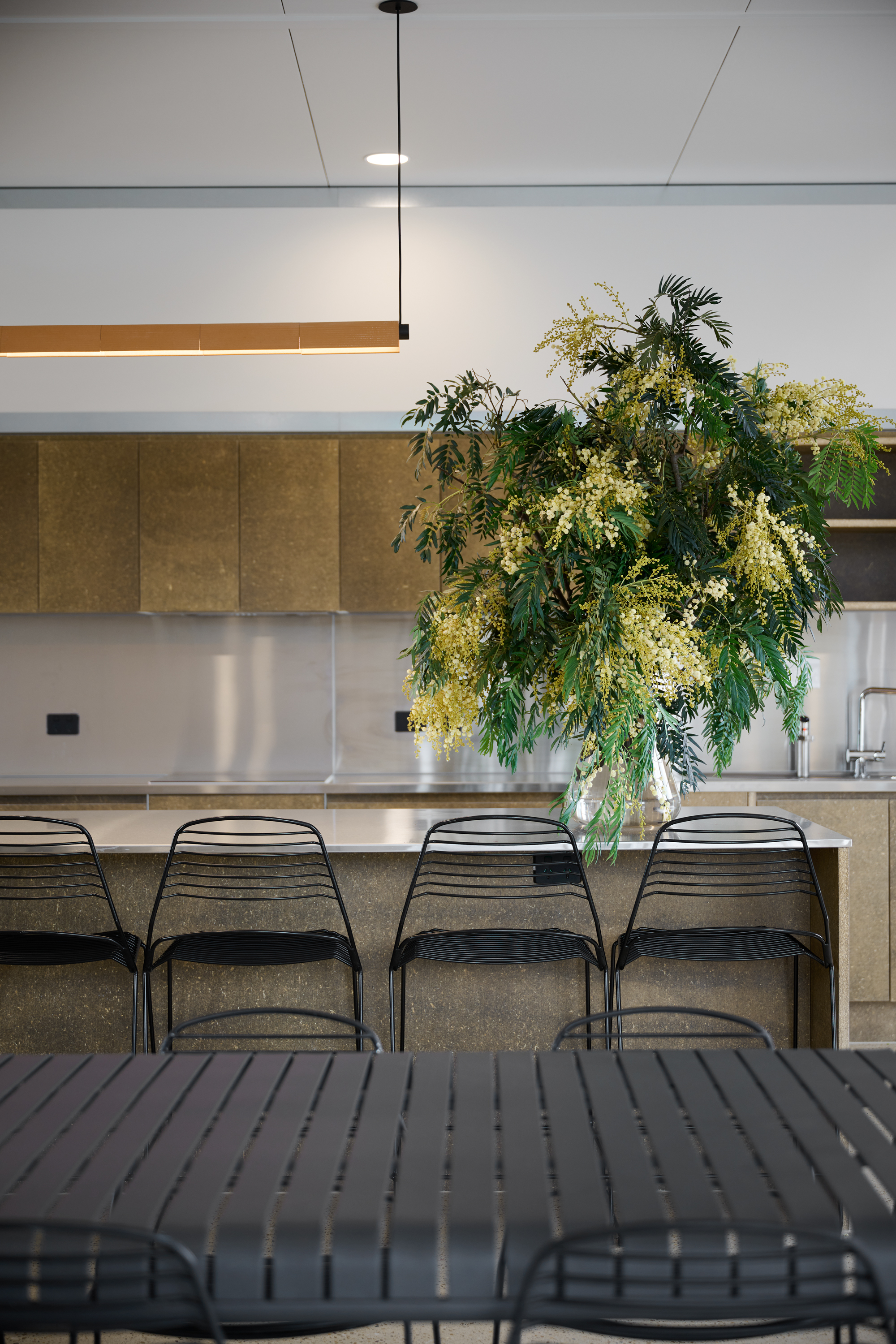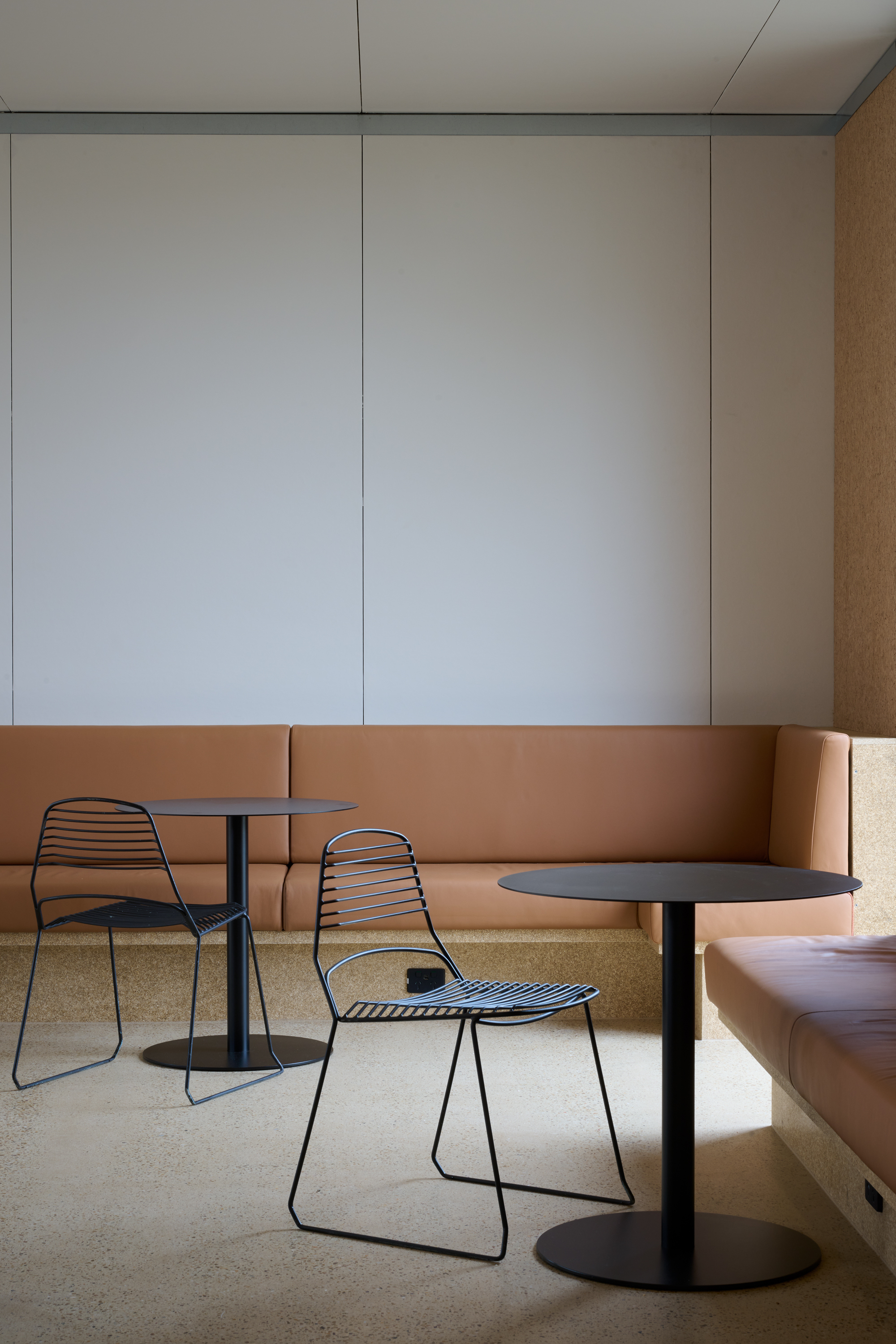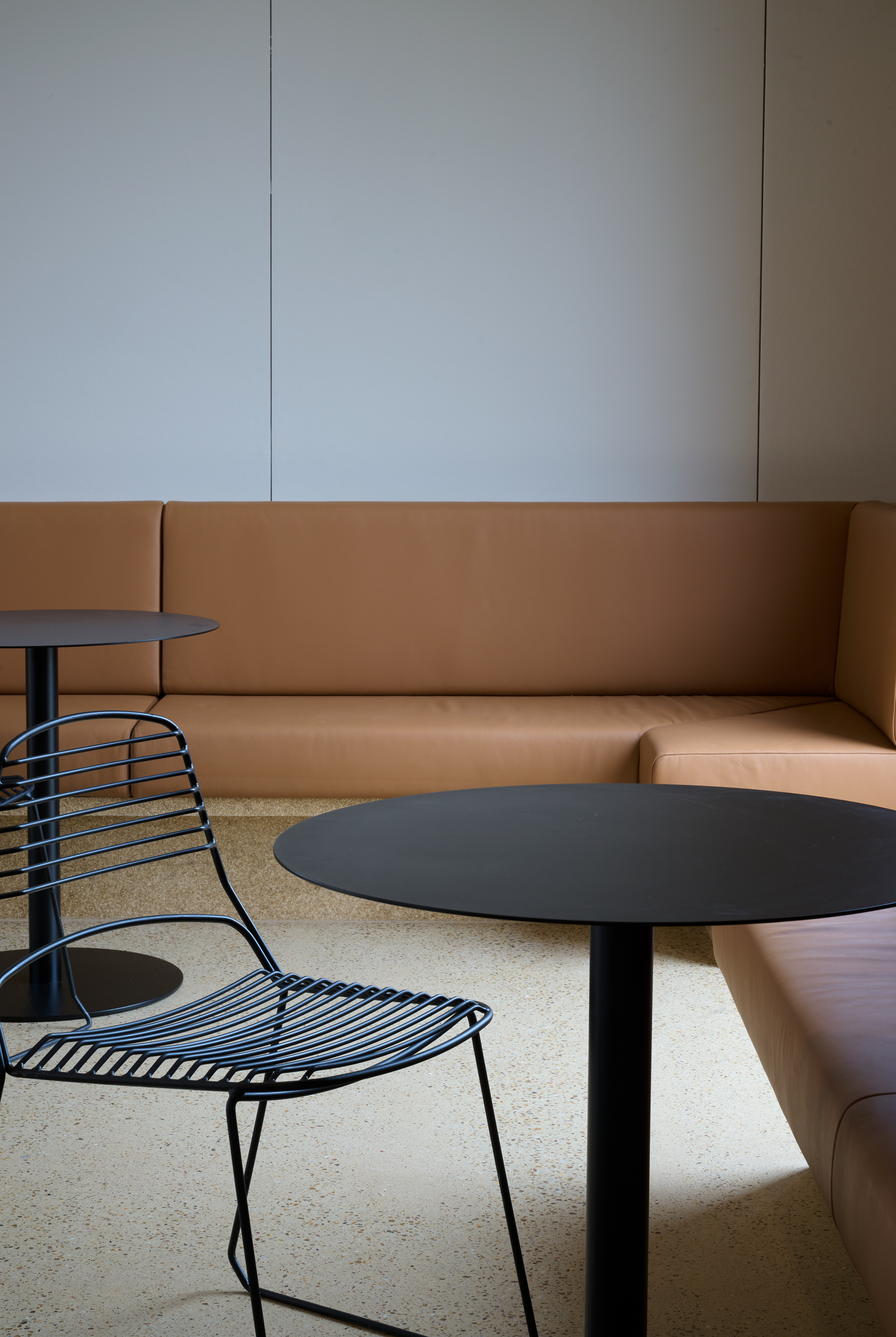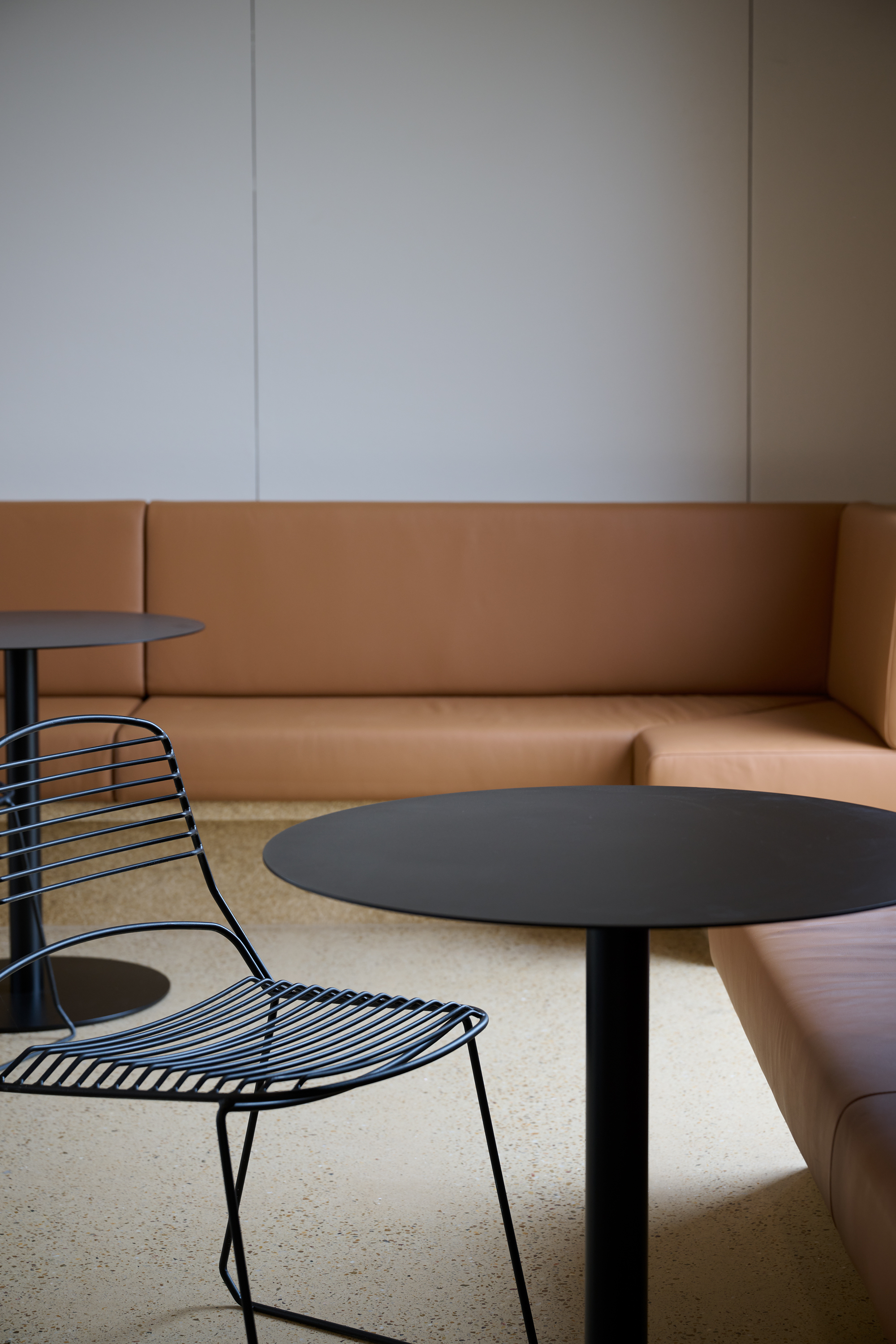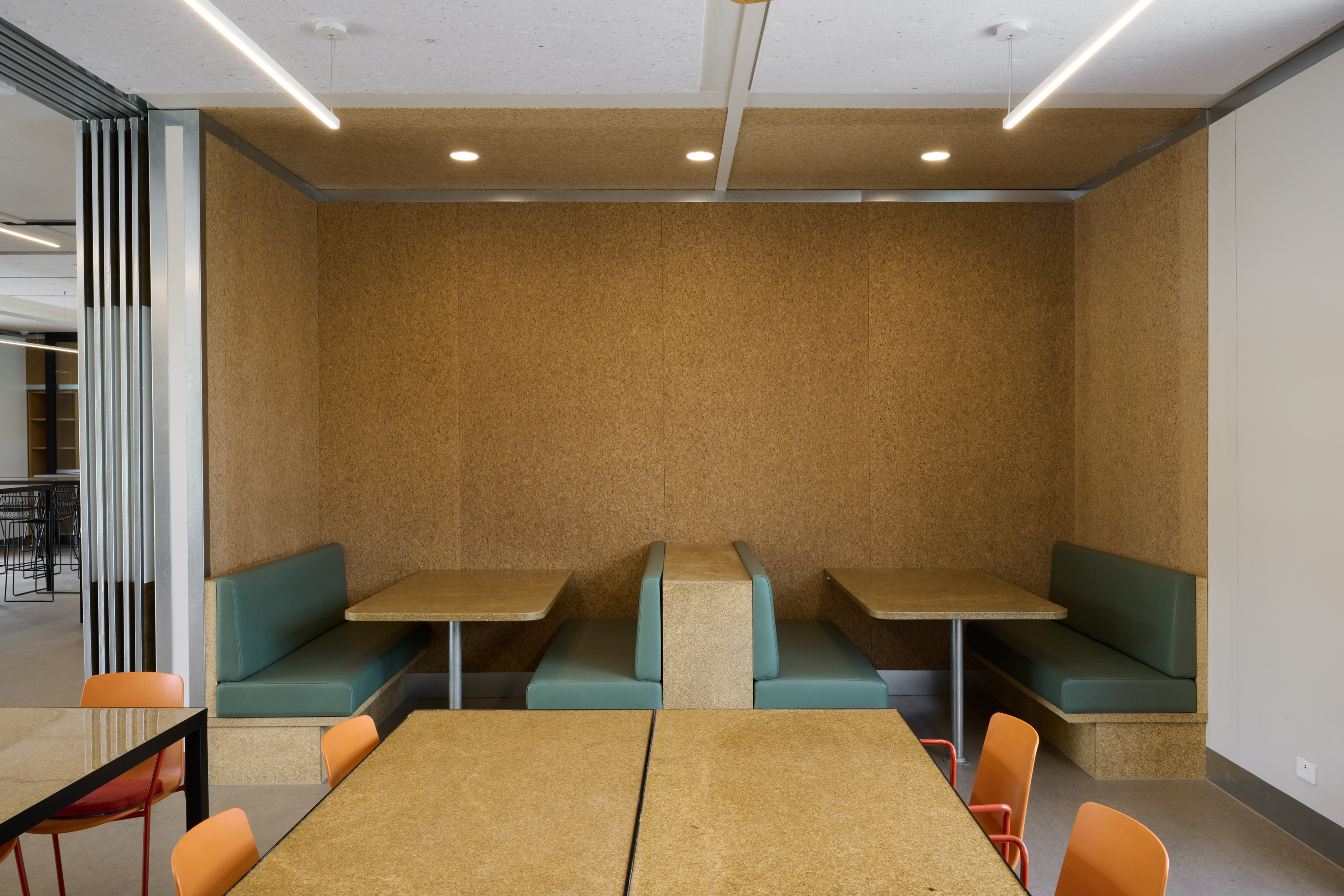When visiting Woodleigh's beautiful natural grounds, it quickly becomes clear that our regenerative practices connect with all aspects of our daily lives.
Woodleigh has embraced regenerative philosophies for decades. Our guiding principles, the 3Rs of respect for self, others and the environment, to Compassionate Systems and Regenerative Learning, motivate a sustainable, compassionate and connected community.
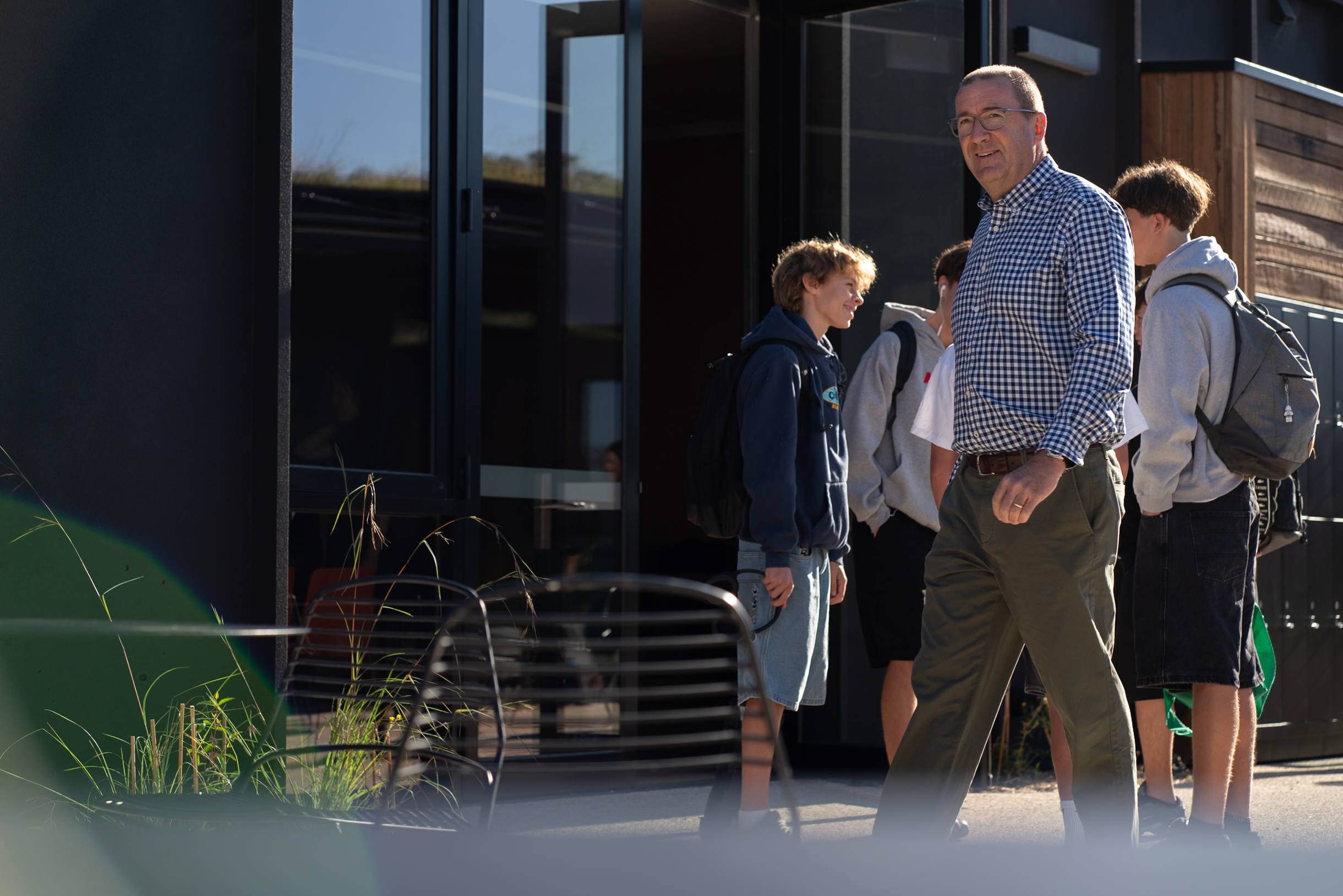
But what is Regenerative Learning?
Regenerative Learning is an approach to education that cultivates deep connection between individuals, communities and the natural world. Regenerative Learning practices emphasise real-world learning, social-emotional development, community engagement, intercultural understanding and sustainability literacy.
It is a creative lens through which a Woodleigh education can inspire young people to make a positive impact globally and locally. We need more Woodleigh people in the world; individuals equipped to contribute meaningfully to a regenerative and interconnected future.
Why build a school when you can build an ecosystem?
The Futures Studio
The Futures Studio is a groundbreaking facility offering a timely and innovative approach to education. Officially open, it houses Woodleigh's Year 10 Regenerative Futures Program (RFP) and welcomes and enhances our curriculum's regenerative themes and future thinking perspective. With support from the visionary Joost Bakker and architect Frank Burridge, the Futures Studio will function as an ecosystem of its own and be an integral aspect of the student experience in Year 10.
A Transformative Learning Space
The Future Studio is a collaborative space for students to learn, share and build essential relationships with friends and mentors. It will house the Year 10 RFP, an educational experience designed to empower our students to become critical thinkers, problem solvers and changemakers. Through the program, students gain knowledge and skill needed to make a positive, regenerative impact on the world.
Commitment to Sustainability
The Futures Studio demonstrates Woodleigh's commitment to sustainability and regeneration. The building presents closed-loop architecture, a living structure that doesn't sit on the land but thrives symbiotically with the existing ecosystem:
Healthy, Living Building
Materials and Compounds
We avoid materials on the Living Building Institutes’s Red List and prioritise recycled, sustainable and non-toxic options like low-VOC paints, natural flooring and recycled steel.
Durra Panel
Fireproof boards made from compressed straw, manufactured in Bendigo since 1954
External Cork Spray
Breathablecork facade over the building, with quartz and bio char, cleans pollution from the surrounding air.
Marmoleum
Floors and cabinet fronts are made from renewable raw materials, including flaxseed oil. They are fully recyclable, biodegradable, and antibacterial.
Hemp Joinery
Panels throughout are made from locally grown hemp, which matures in three months and locks in as much carbon as a spotted gum forest in ten years.
Rainwater Harvesting and Responsible Re-Use of Water
Rainwater will be harvested and stored in stainless steel tanks designed to maintain water quality and purity. Water management strategies within the building will reduce the need to harvest. It may be possible for the same water to be used several times for different functions and students will have a big say in this. Potable water will be clearly labelled.
Recycling and Compost
Timber
Rescued and restored from the recently refurbished St Kilda Pier
Acoustic Panels
Made from post-consumer clothing waste saved from landfill.
Furniture
Used furniture sourced from hospitality, museum and commercial building use.
Compost
Food waste generated by students, the kitchen and cafeteria will be used to fertilise the school's gardens.
Energy Efficiency
Solar
The installed system provides 126% of the building’s energy requirements.
Energy Efficiency
Students can monitor energy usage and reduce power through learning programs. Energy-efficient appliances, water-efficient toilets, and a reverse-cycle heat pump with “traffic light” indicators will be installed. Motion sensors and LED fittings will minimize energy use.
Well-Considered Learning Spaces
Spaces have been proportionally and occupationally considered to use an appropriate amount of energy to heat and cool. Learning spaces have been strategically positioned near daylight and natural ventilation will create a healthy, fresh air learning space. Ultimately our goal is to minimise the use of A/C and artificial light.
Fire Front
The direction of a fire is a function of wind direction, slope and fuel load. Fires burn faster and with more intensity when moving upslope than down. Placement of the building and water bodies will consider the fire fronts and respond accordingly to reduce direct flame contact in a bushfire event.
Insulated and Sealed
A well-insulated and sealed building reduces thermal transmission, keeping the internal building temperature stable and decreasingthe need for heating and cooling. This will include sealing all gaps, sub-floor ventilation, and exceeding BCA minimum requirements for insulation to walls and roof cavity.
Windows and Doors
All exterior glass will be double-glazed with thermally broken window and door frames to reduce thermal transmission. Proper shading to windows on the north facing side. The design will also create a high level of cross ventilation, natural fresh air (even in toilets) and windows in proportion with the spaces they serve. Night purge option to be included for the summer seasons.
Passive Solar and Ventilation
The building is oriented to maximize natural daylight and heat gain, with shading devices to minimize heat loss in summer. Natural cross-ventilation and heat purge/cool purge symbiosis with greenhouse areas reduce the need for mechanical ventilation and energy consumption.
Concrete
Concrete is poured on fully recycled and recyclable poly void domes, instead of polystyrene, creating a natural underfloor cooling system.
Shading Devices
Shading devices and screens are part of a passive solar design strategy that allow the building to reduce the exposure of people and students to harsh sun during summer, and also provide shelter from the wind, rain and elements during winter.
Suppliers
Building Company SEBS
Local contractor.
Steel Supplier
Locally sourced, Hastings.
Thermal Mass
Strategically located in walls and floors based on solar access and wind flows, thermal mass absorbs heat and acts as “heat sinks” to reduce heat exchange between the interior and exterior, lowering the load on the air handling unit and overall energy consumption.
Green Roof
A predator-free habitat for native pollinating insects, featuring indigenous grasses and flowering groundcover.
Landscaping
Intelligent planting choices and landscape design to minimise bushfire risks, increase the visual aesthetics and help to connect this ecosystem with local reserves.
Interactive Classroom Energy Reporting
Notably, students will have direct access to interactive panels and data that share live insights to the energy being consumed within their classroom spaces.
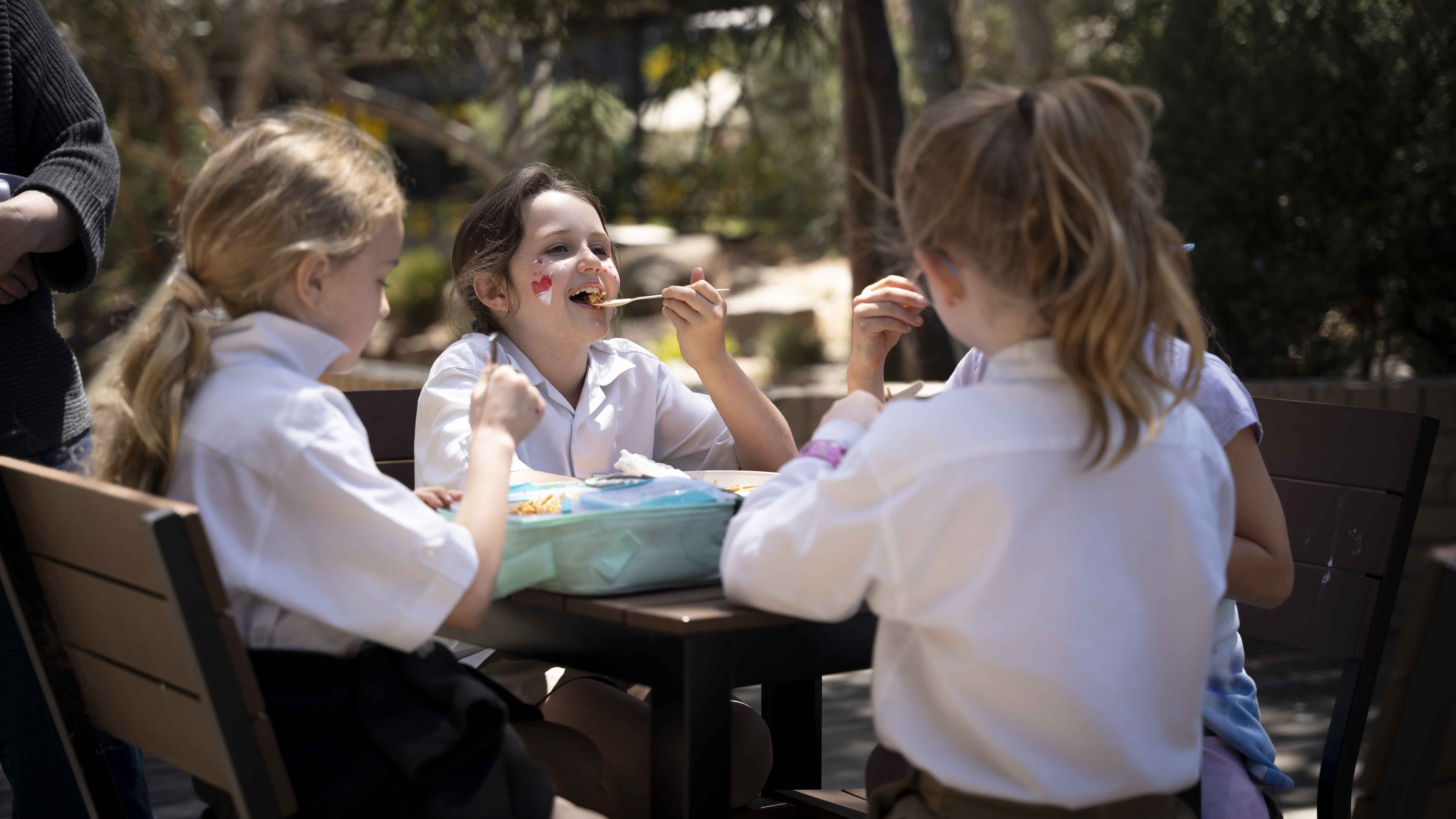
How does Woodleigh put school values into action?
Let’s get real... All of us, at times, are confronted with the complex contradictions of the interconnected, interdependent systems in our world. An essential question for the future of education is how we help students to reflect on, deeply understand and respond mindfully and compassionately to real-world complexities.
